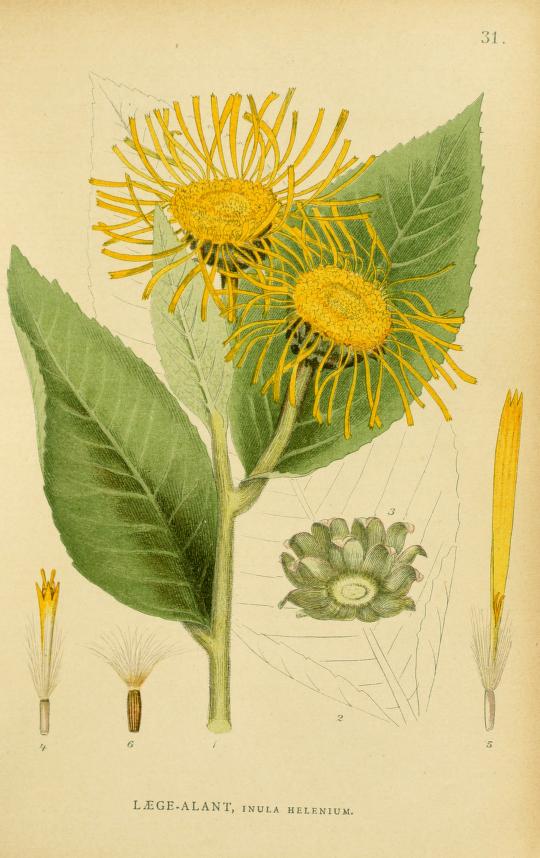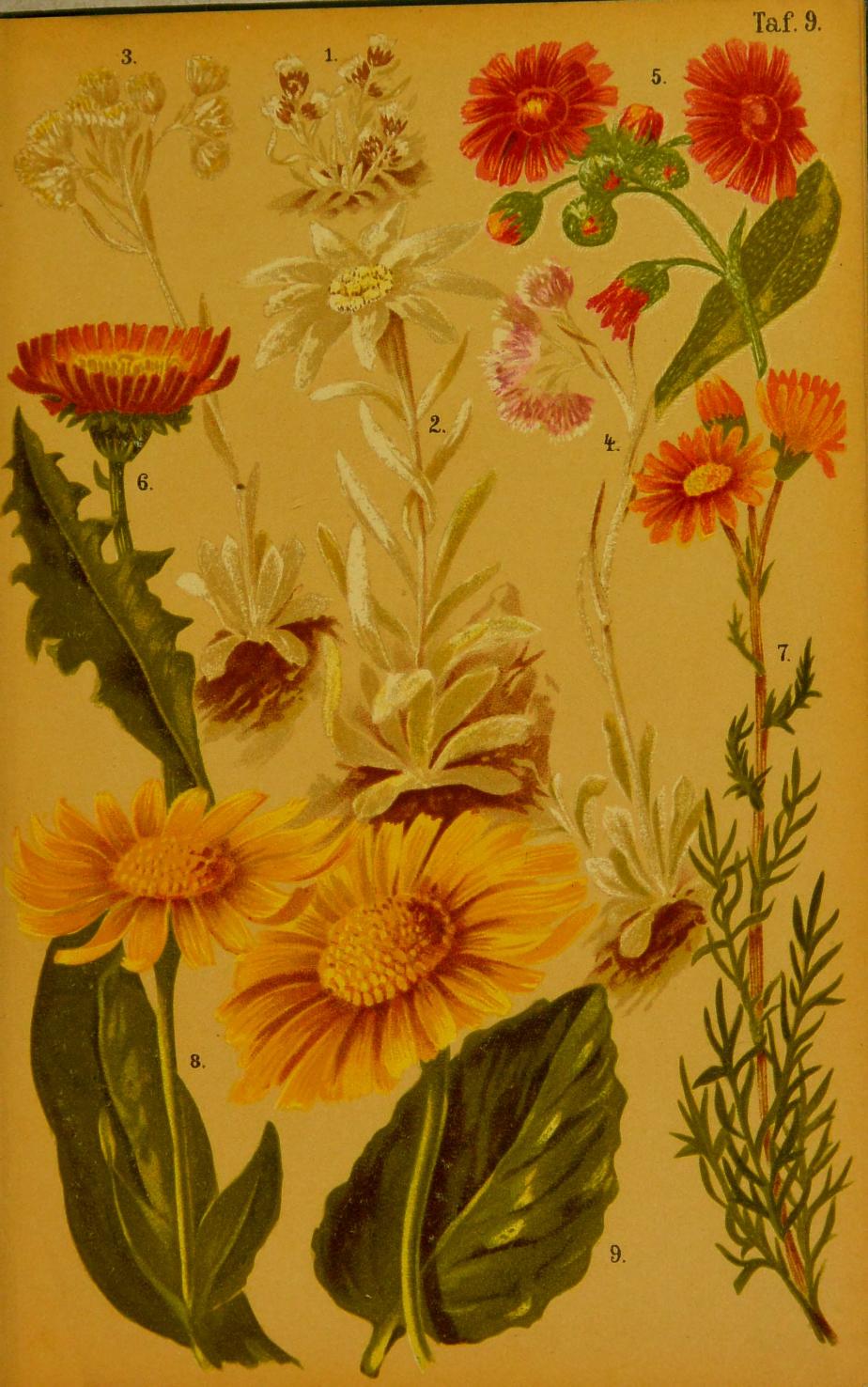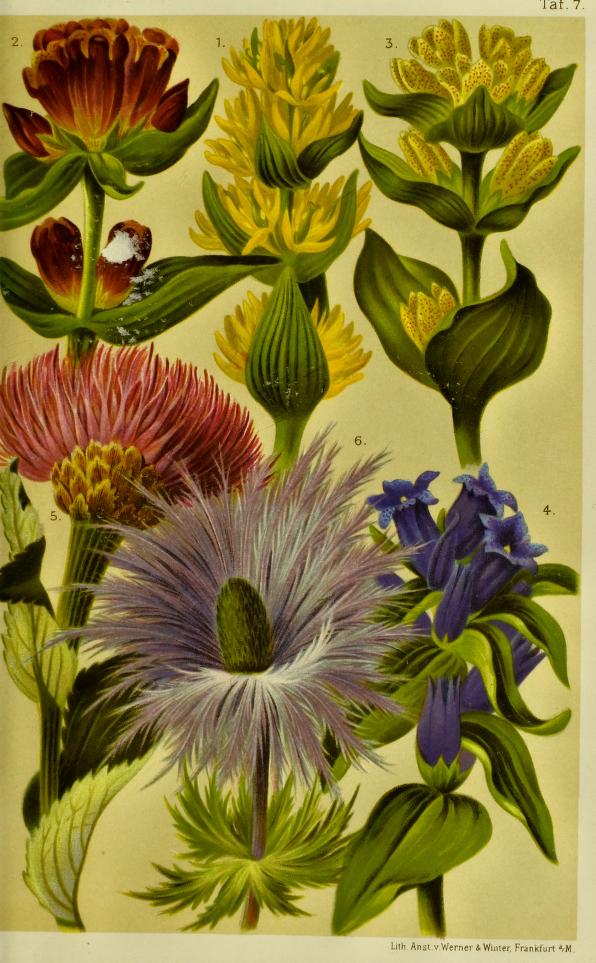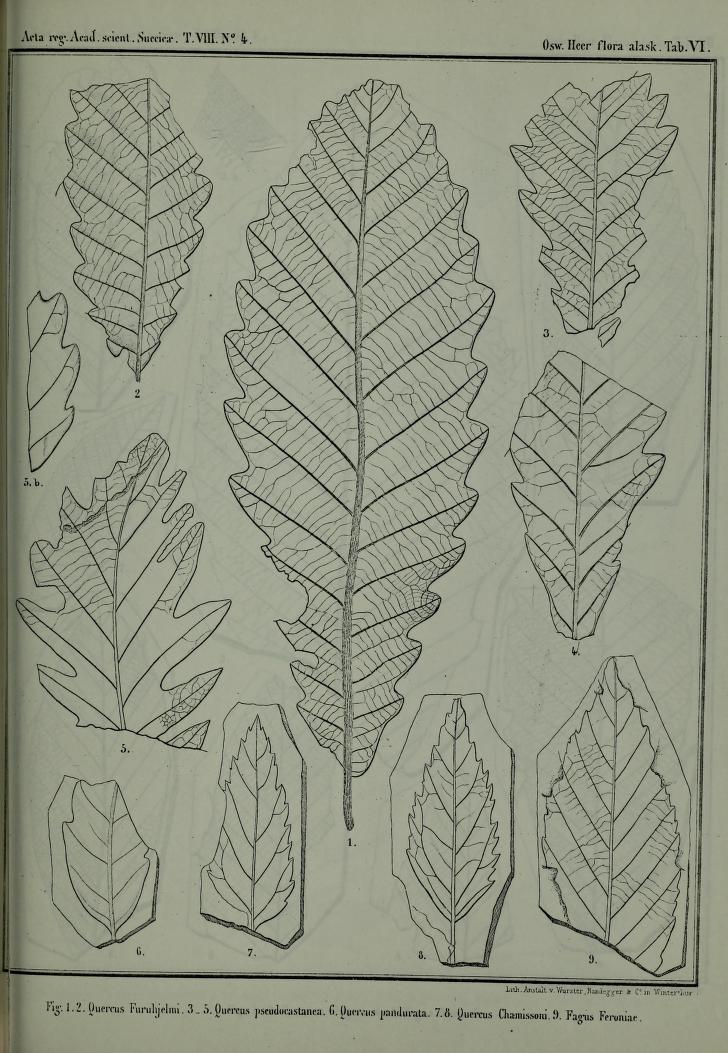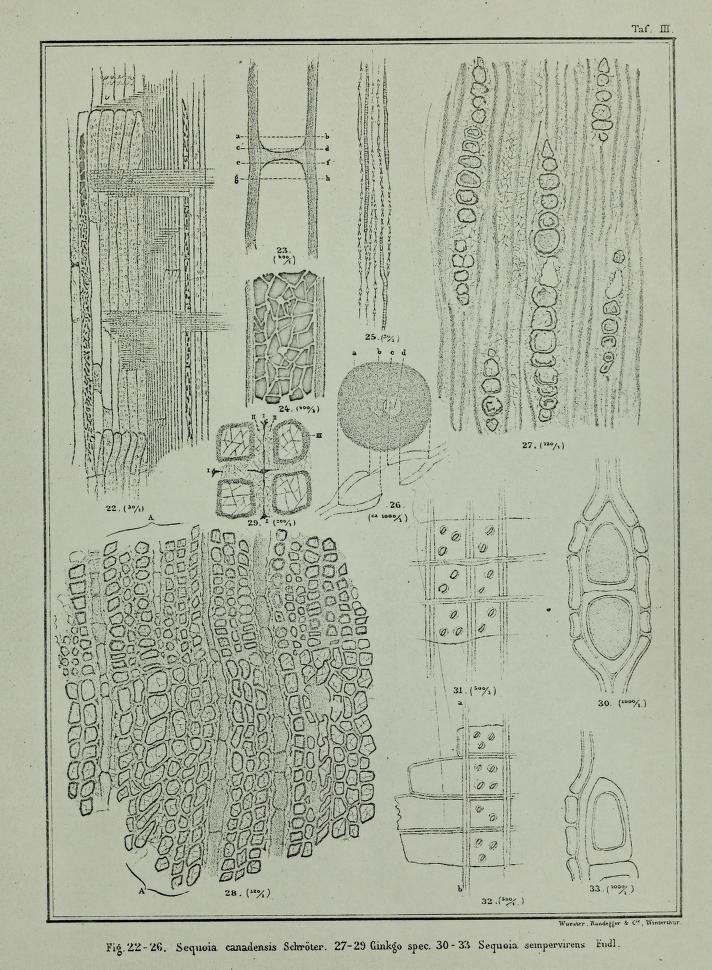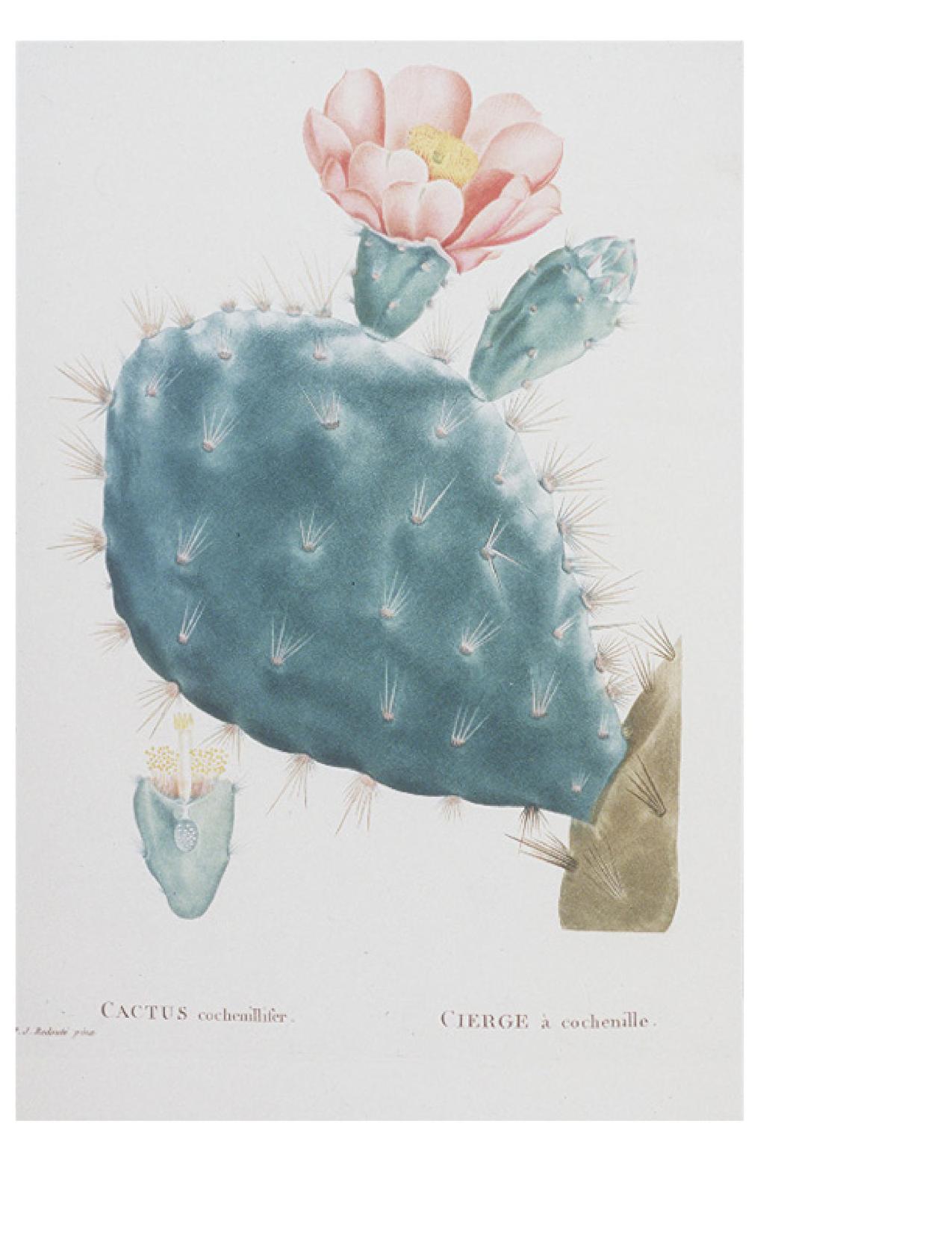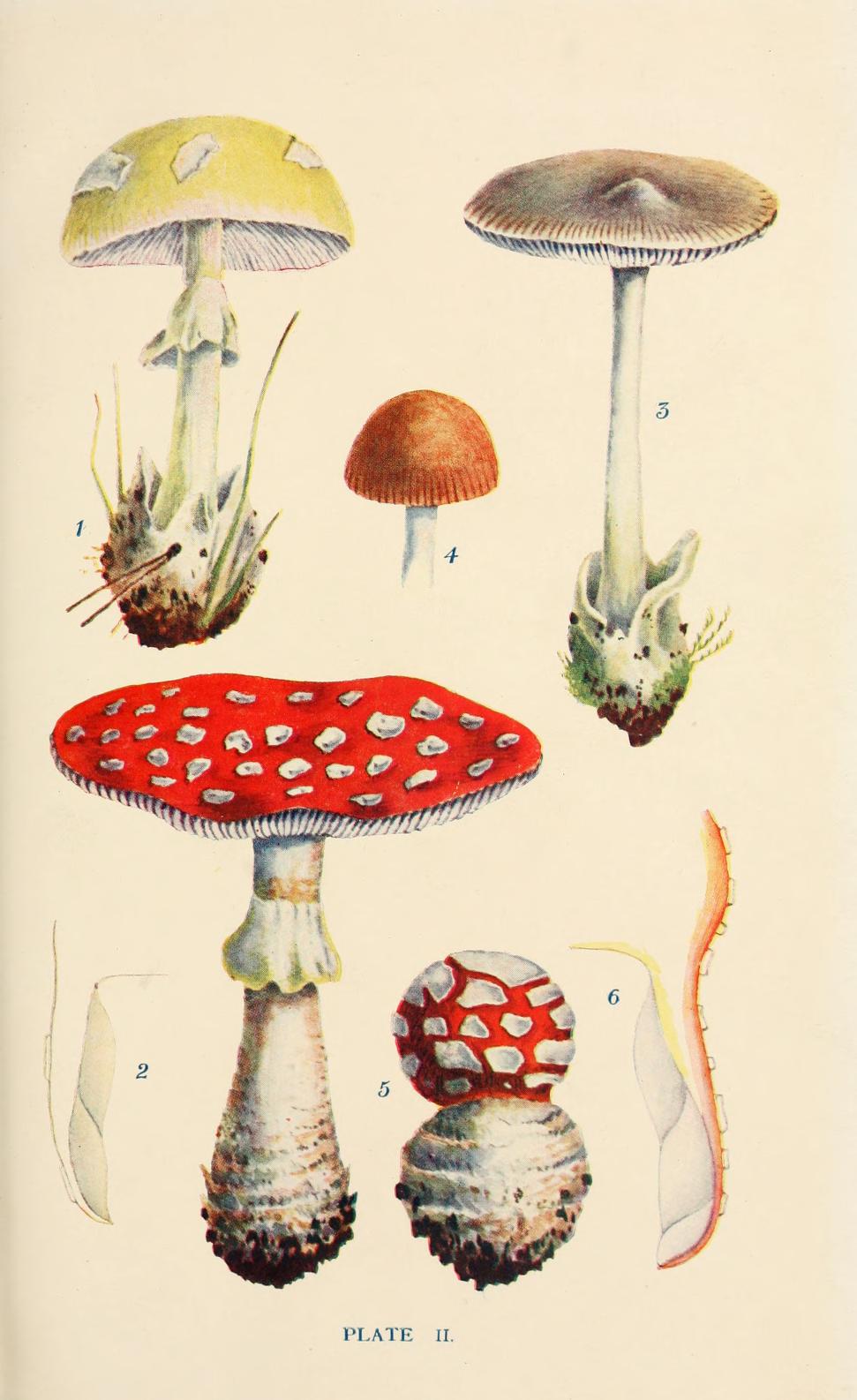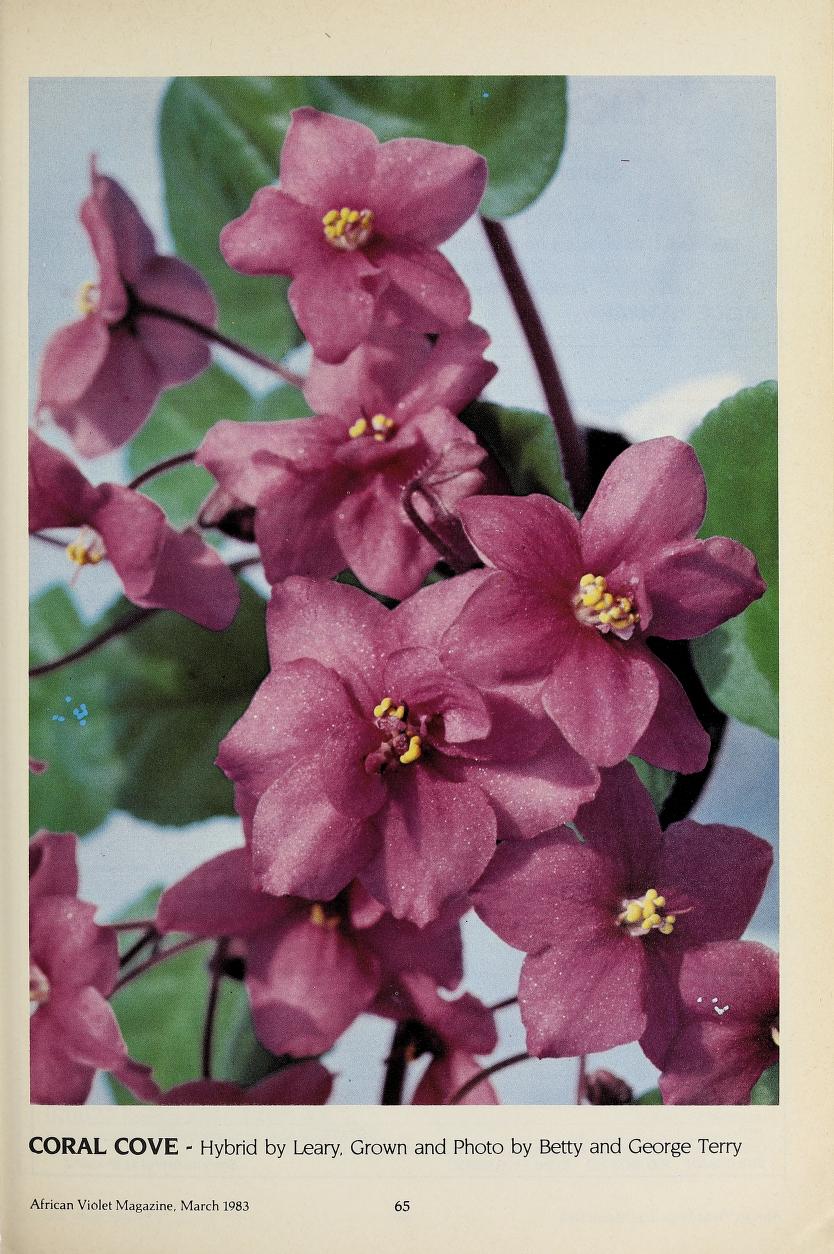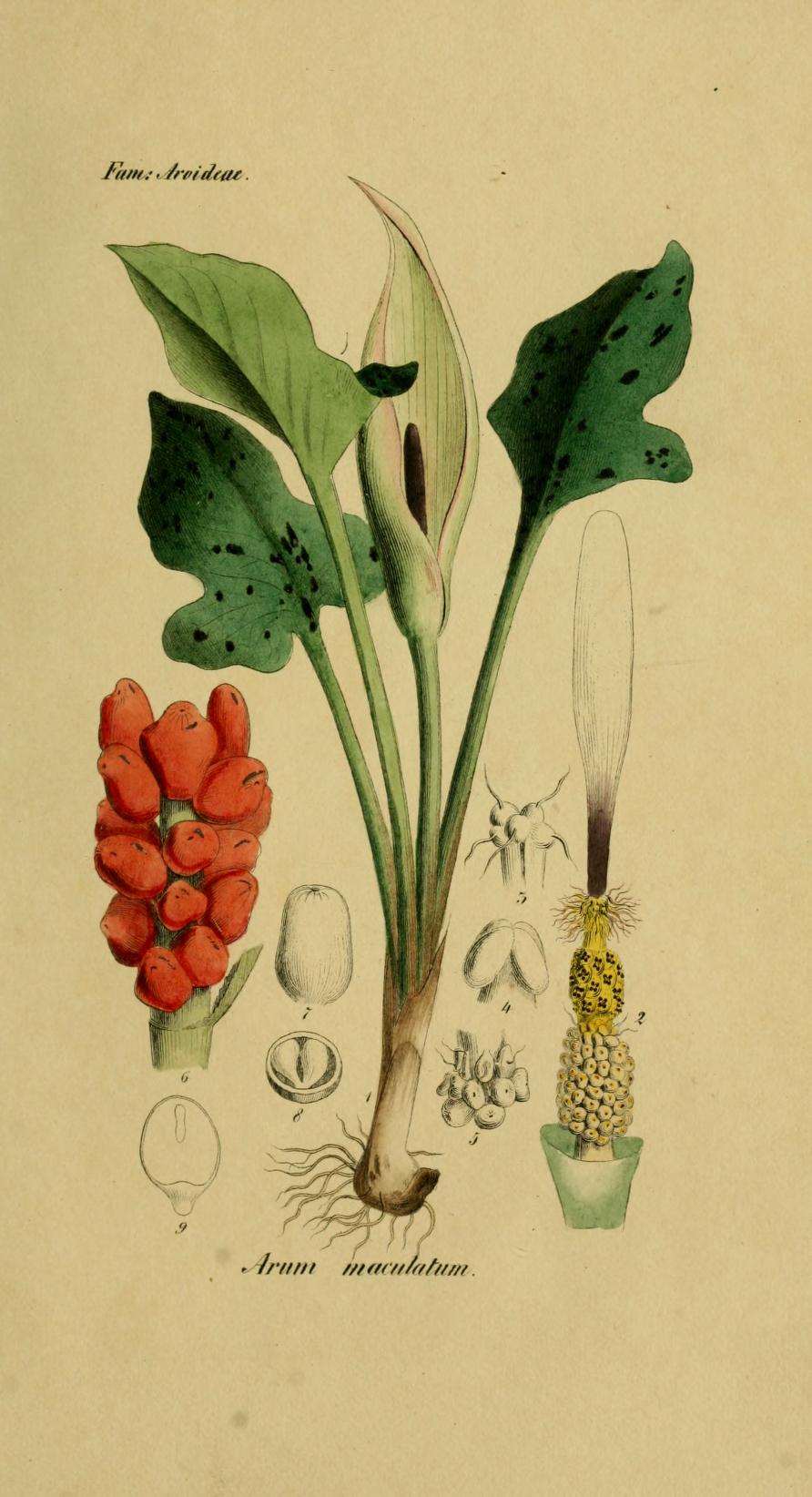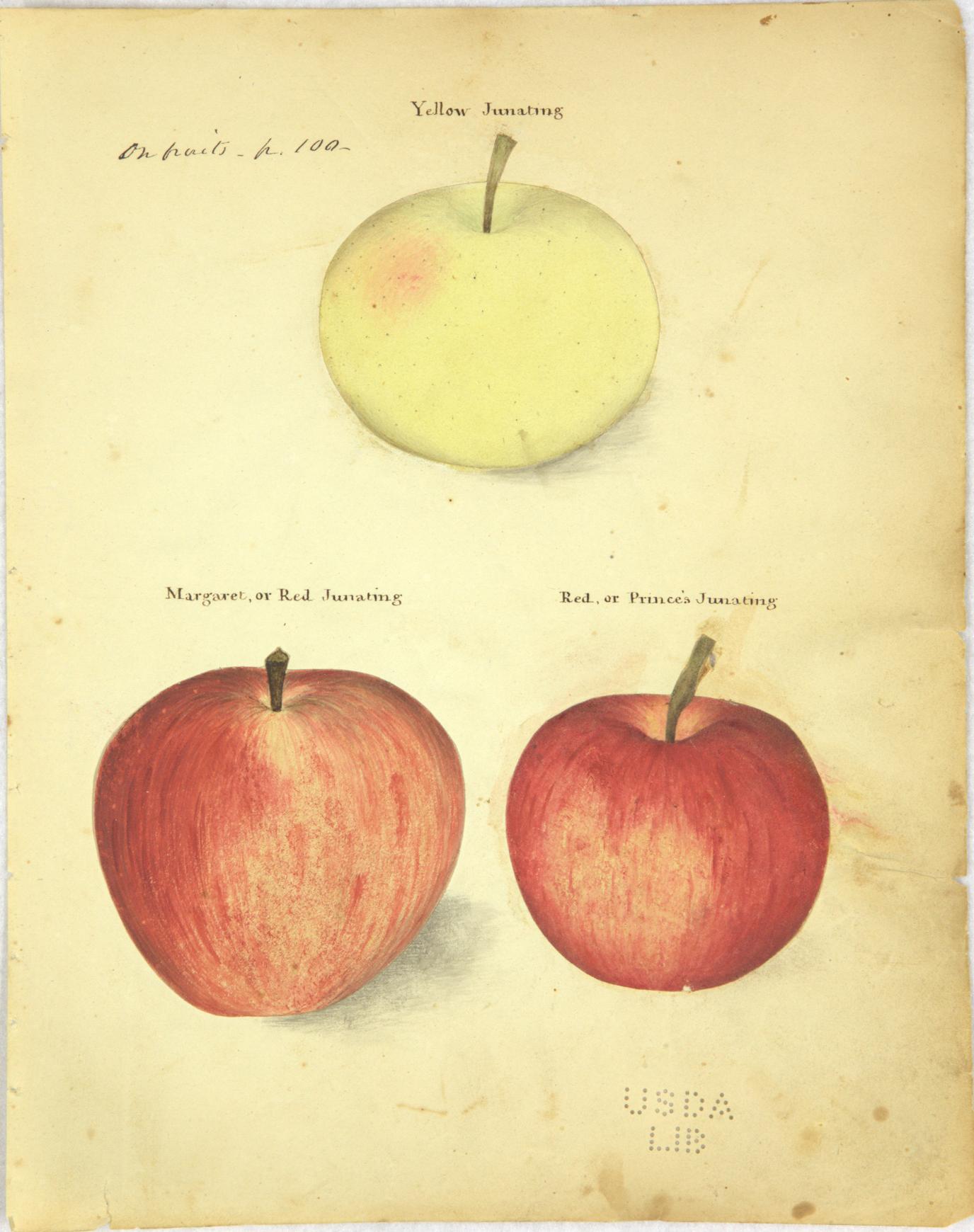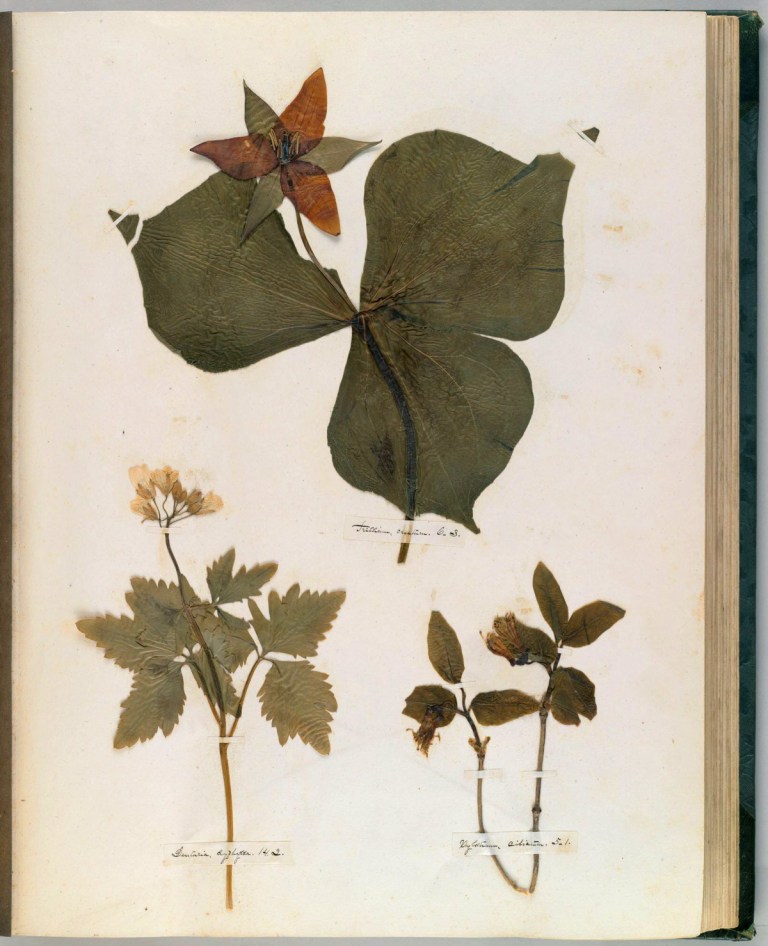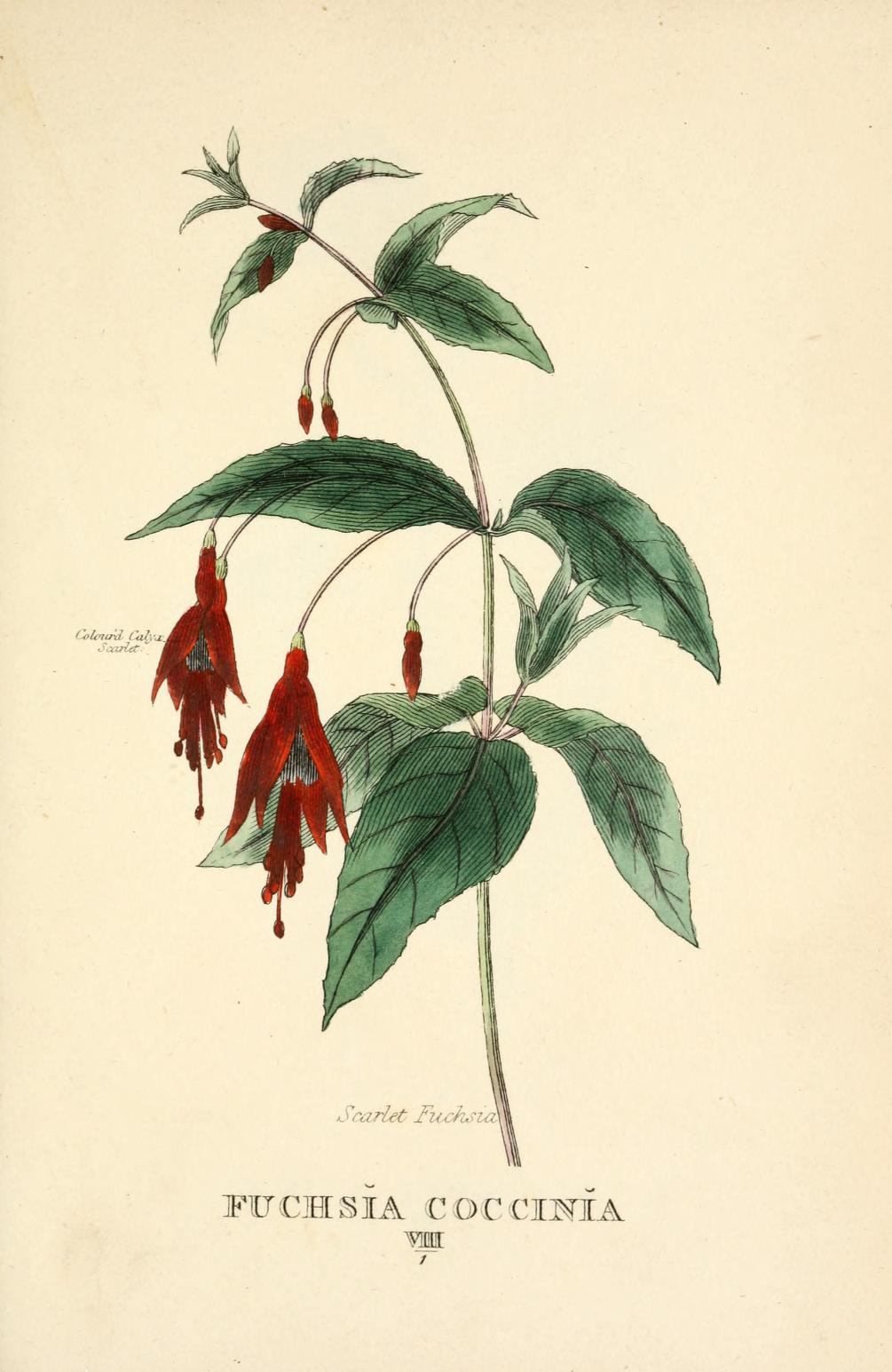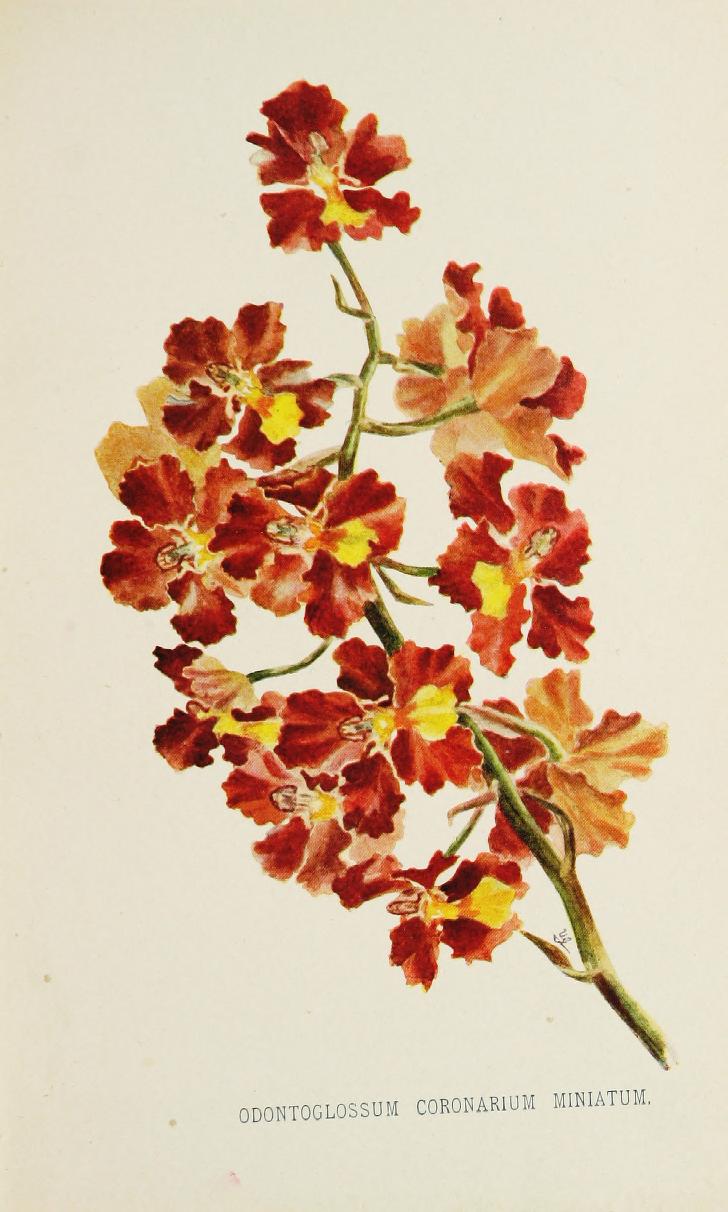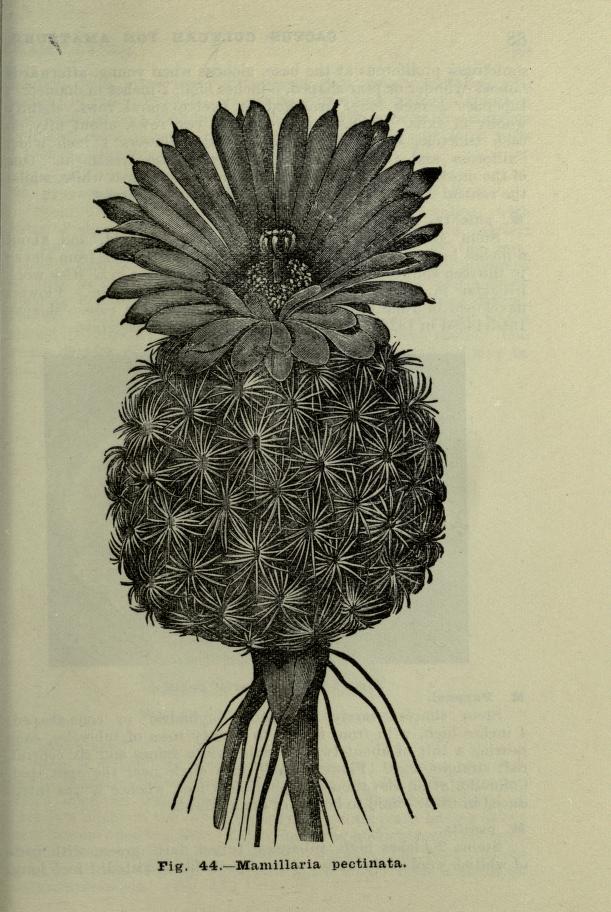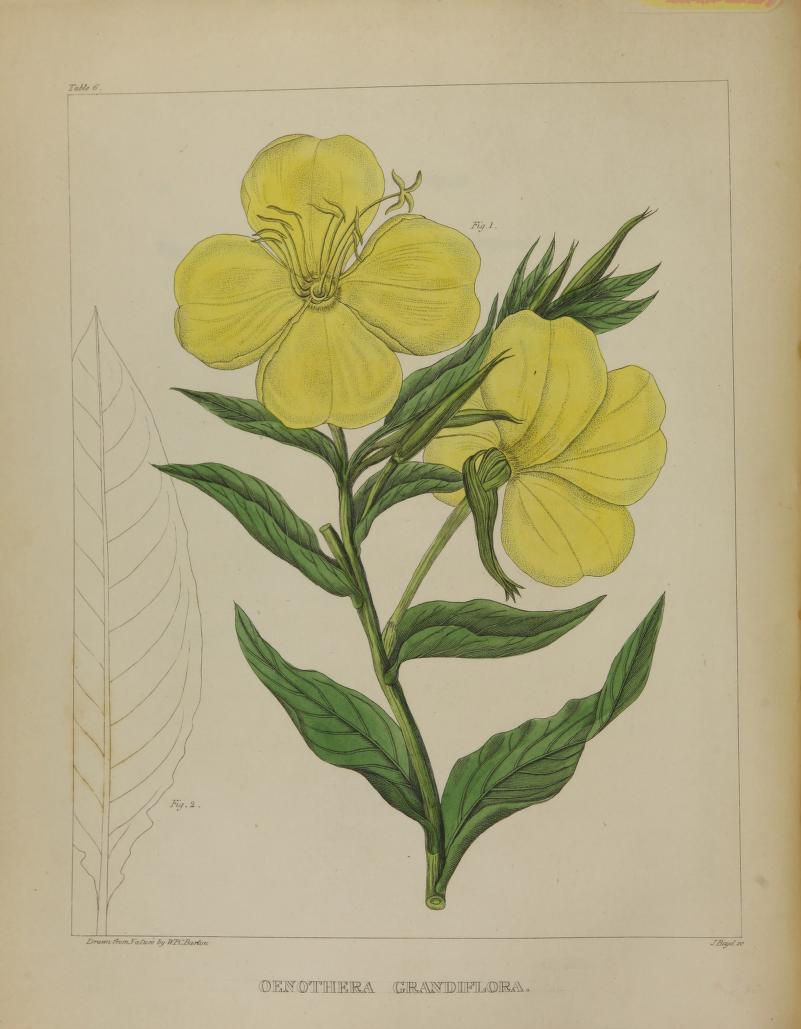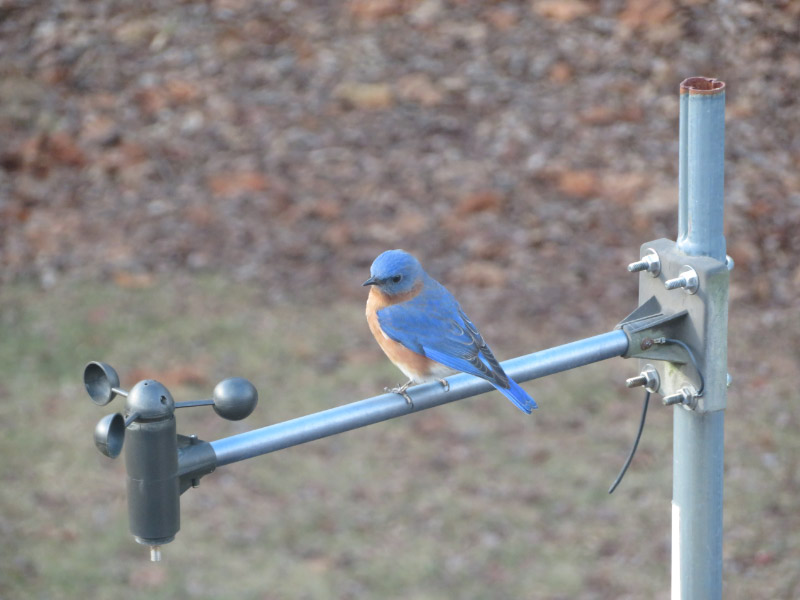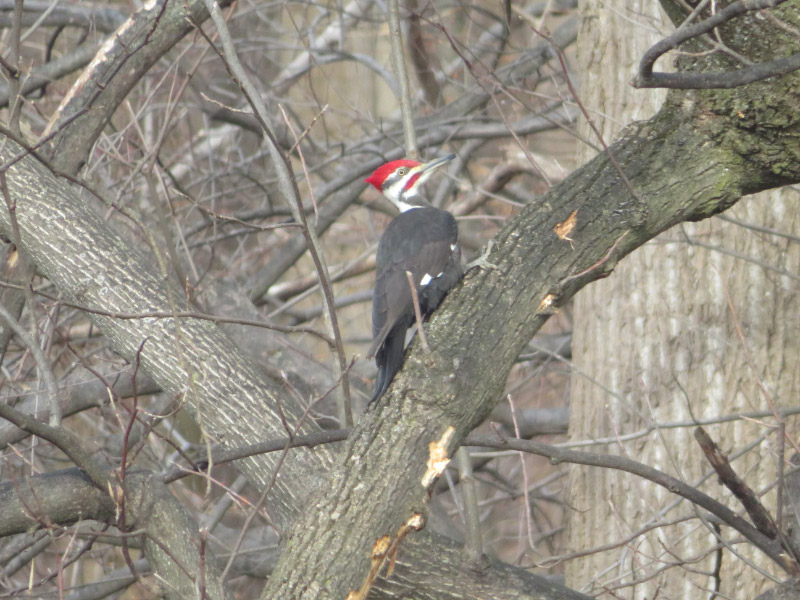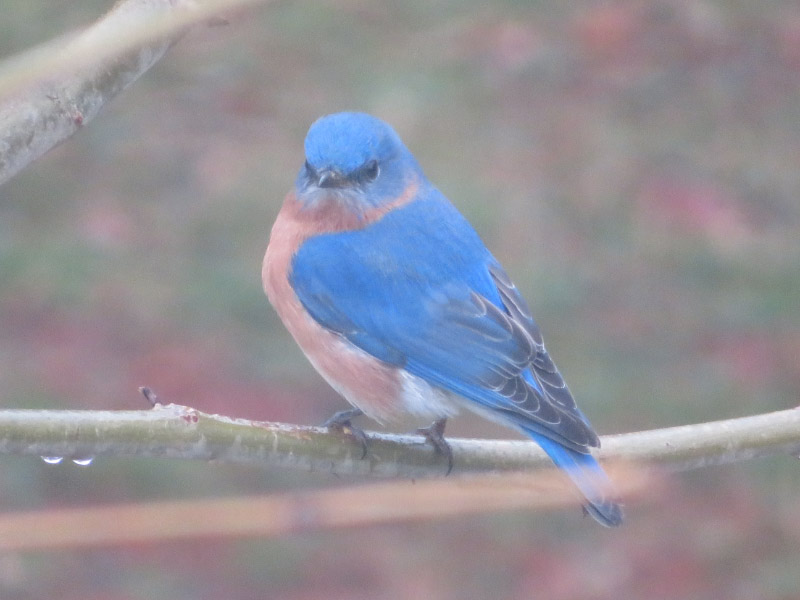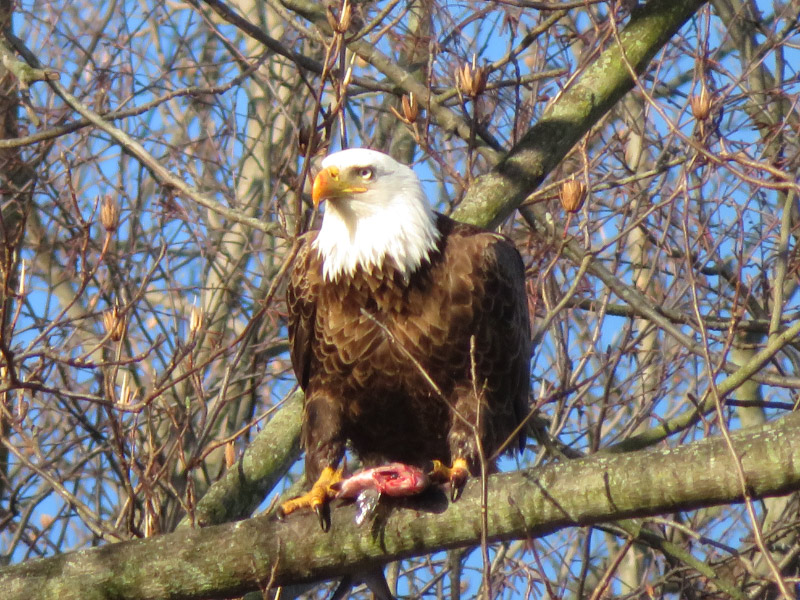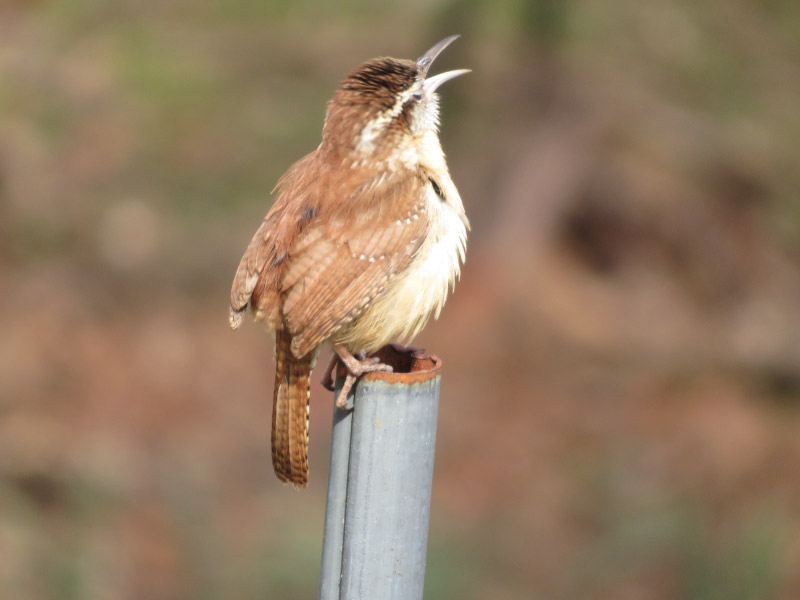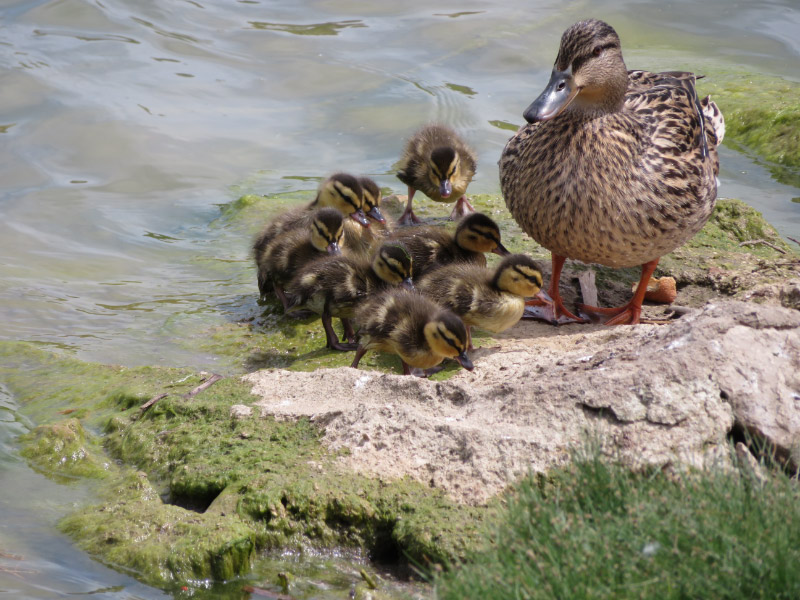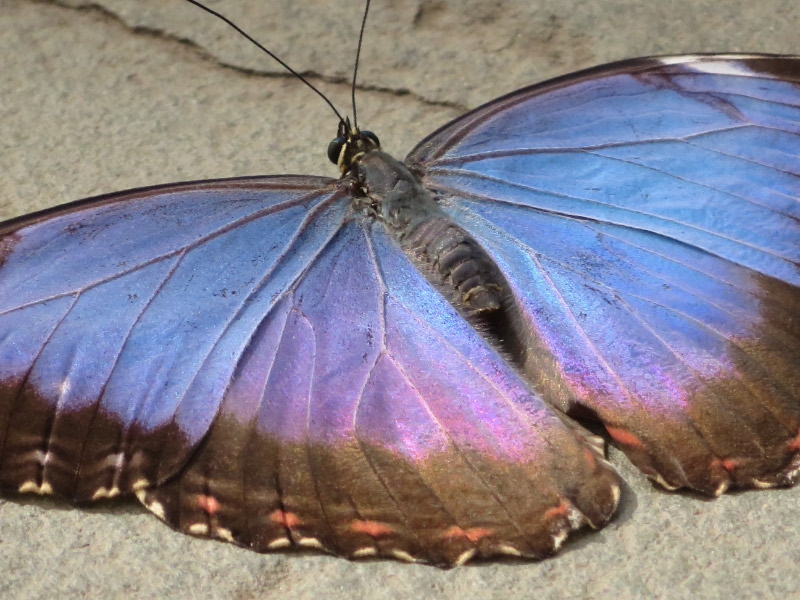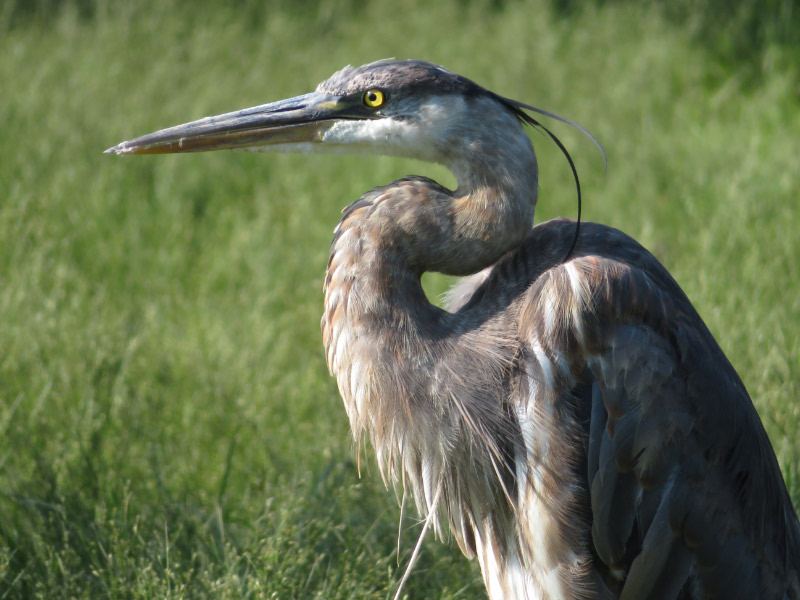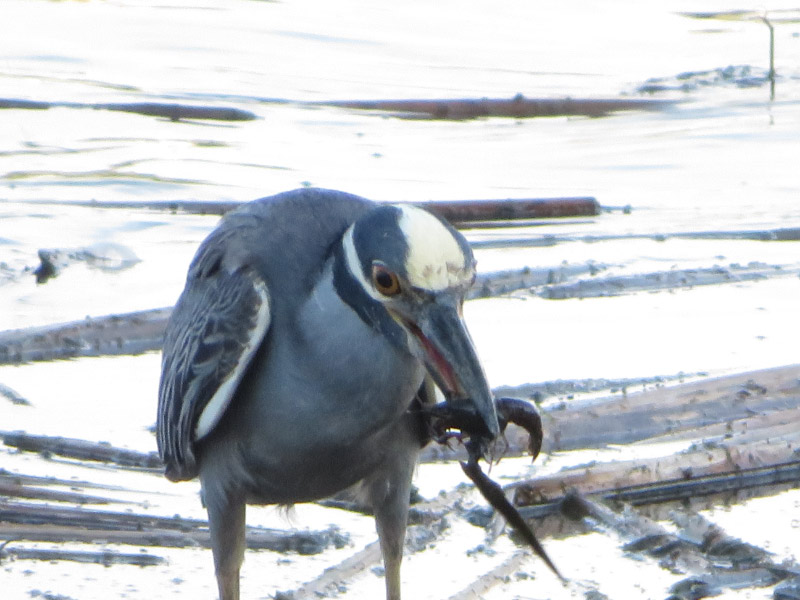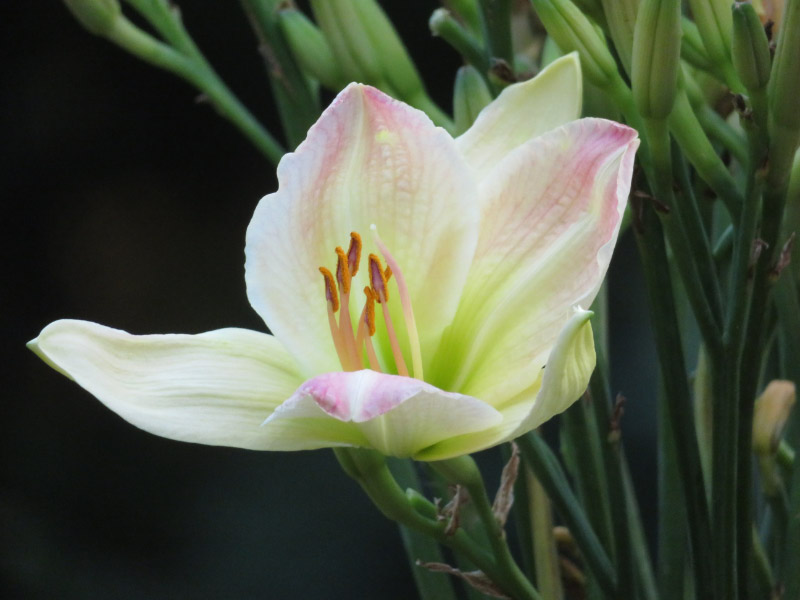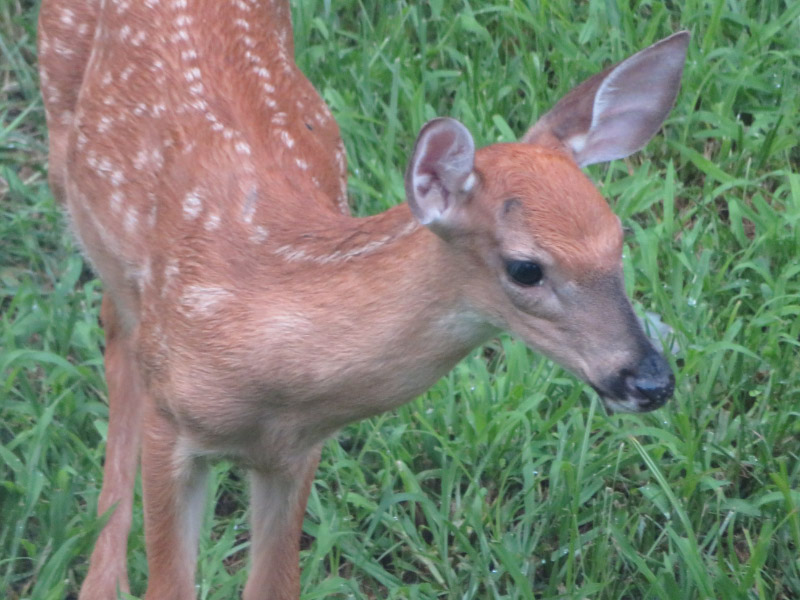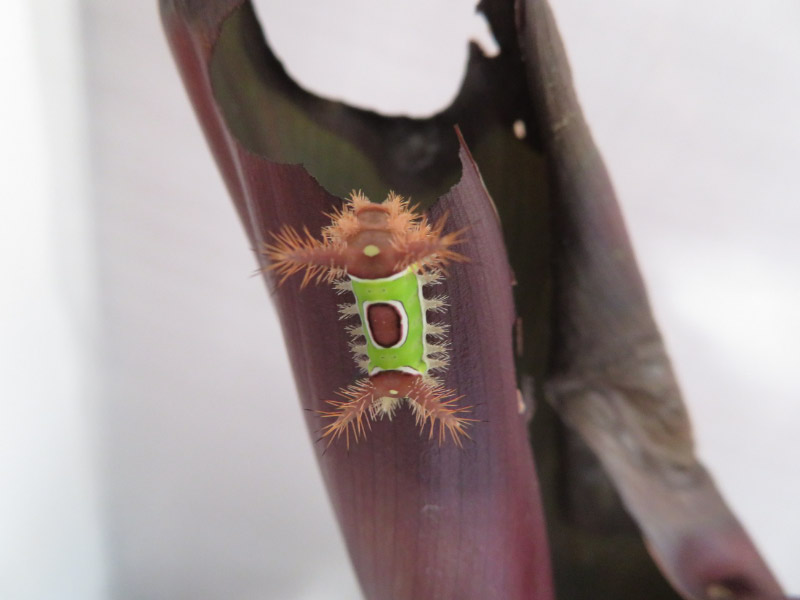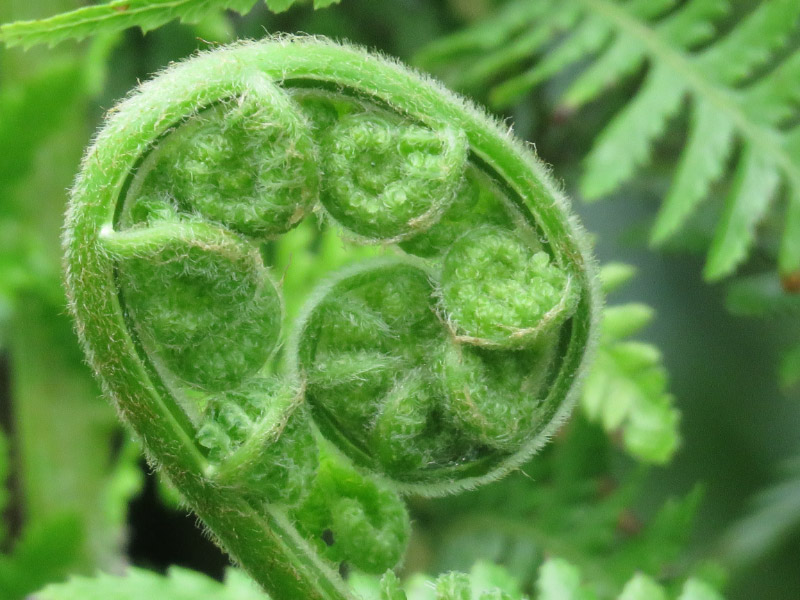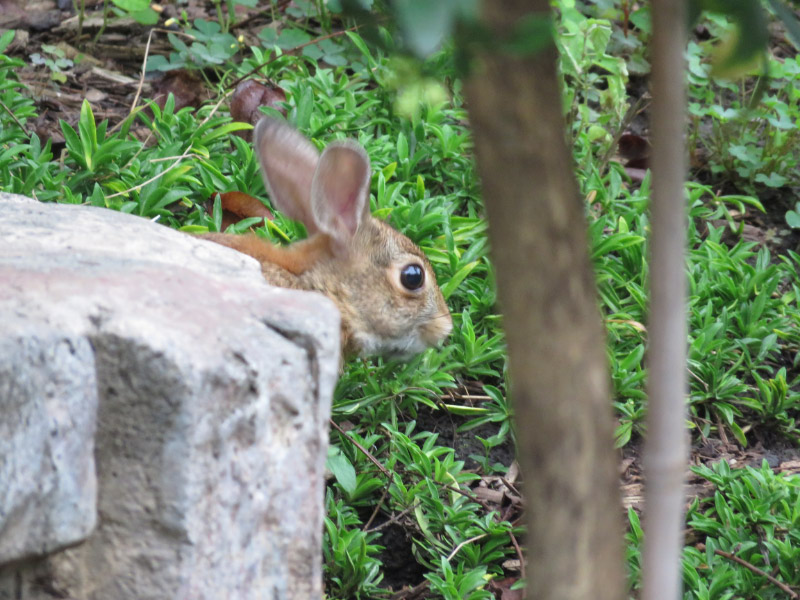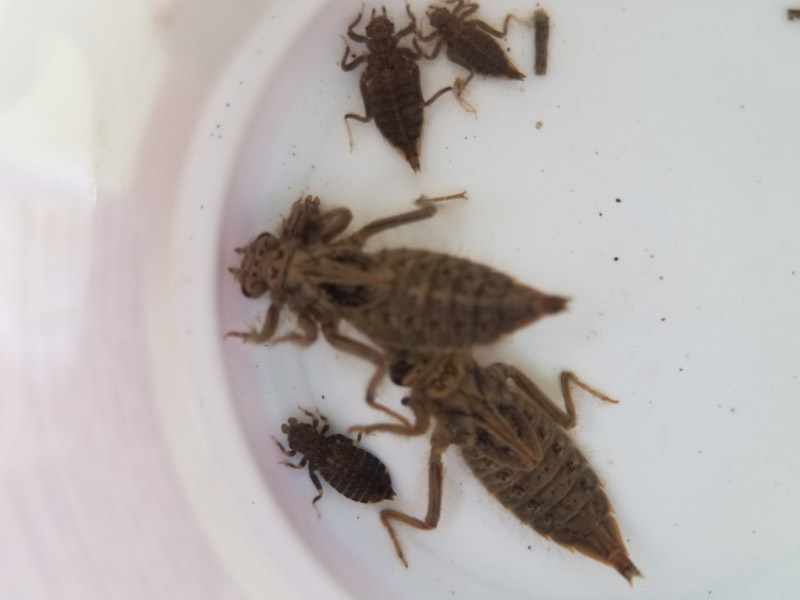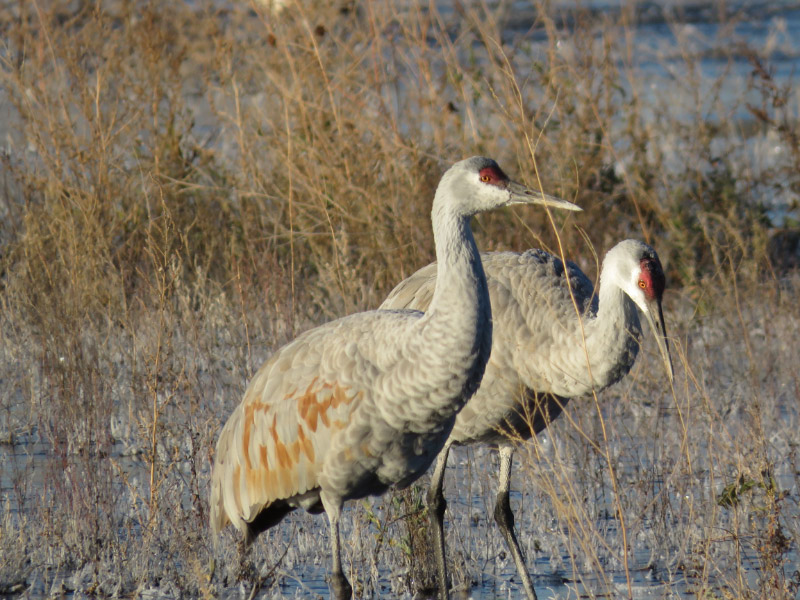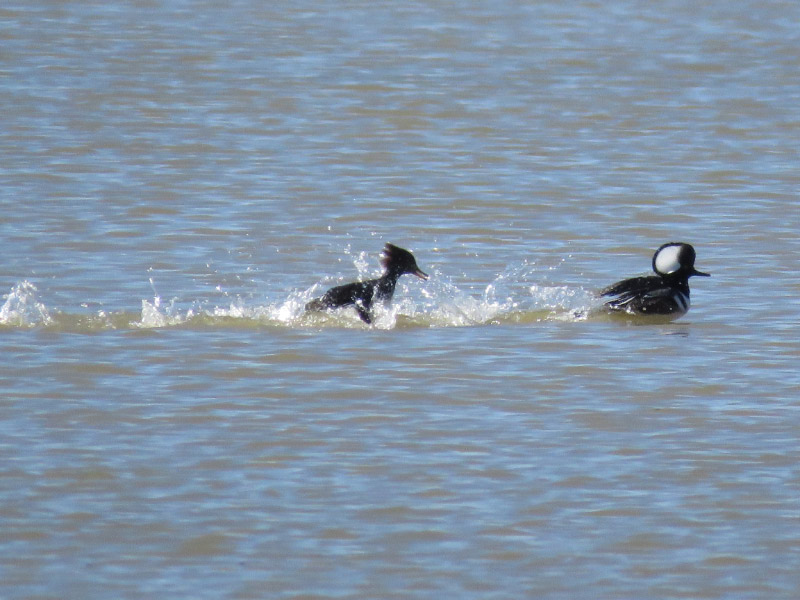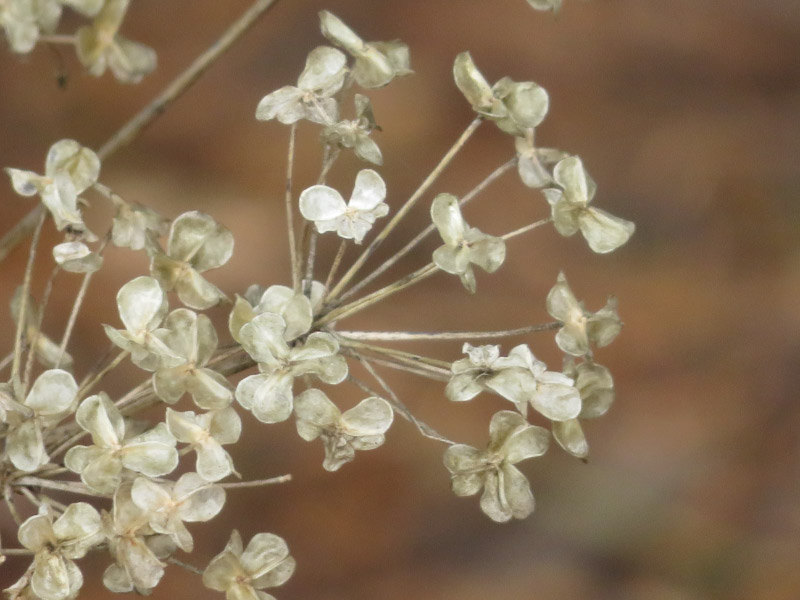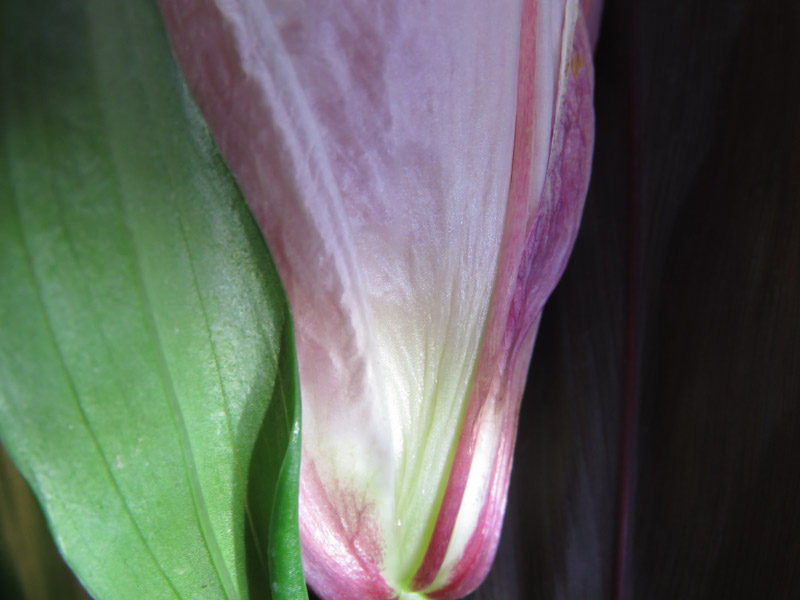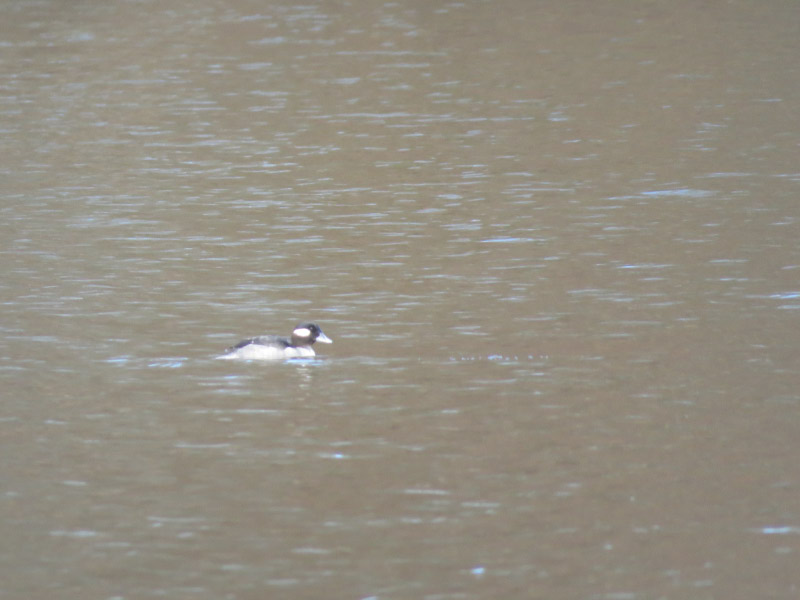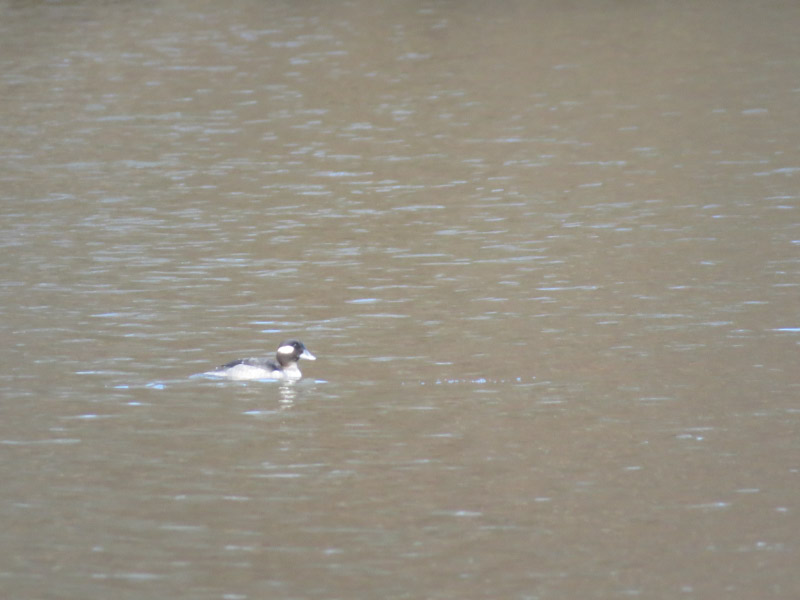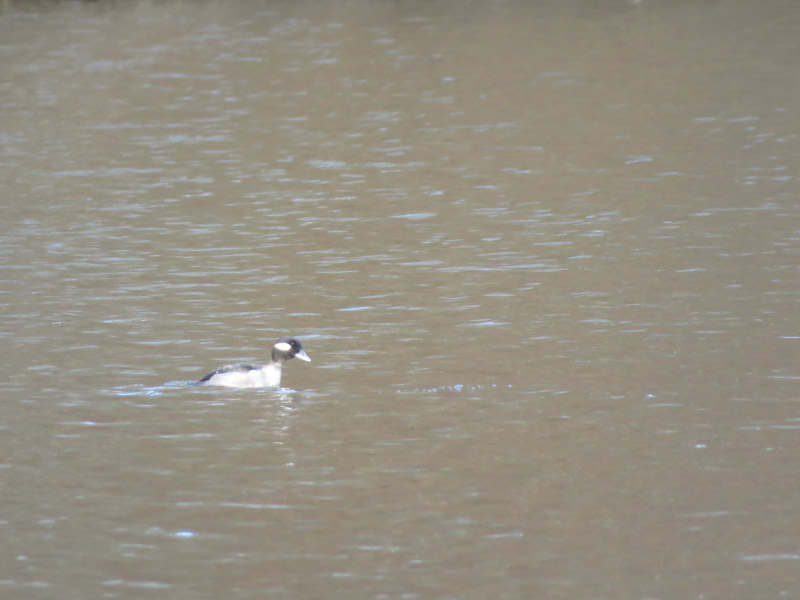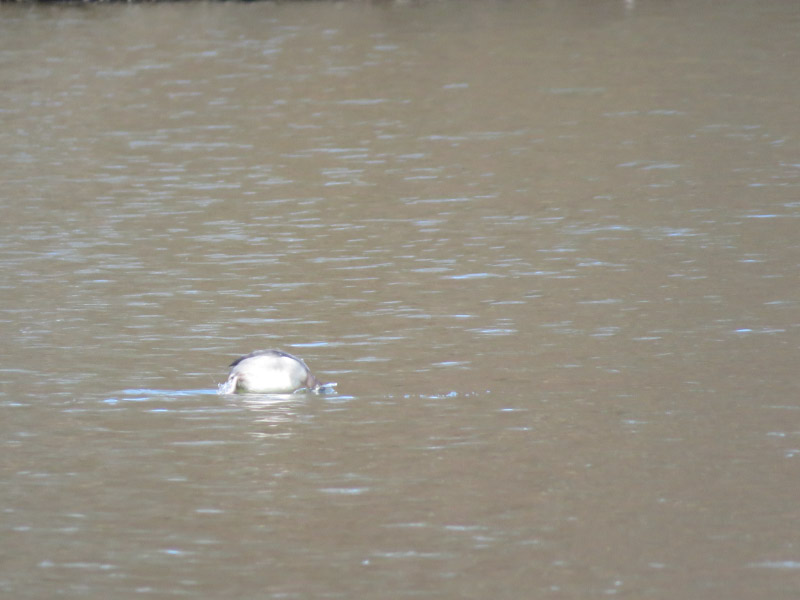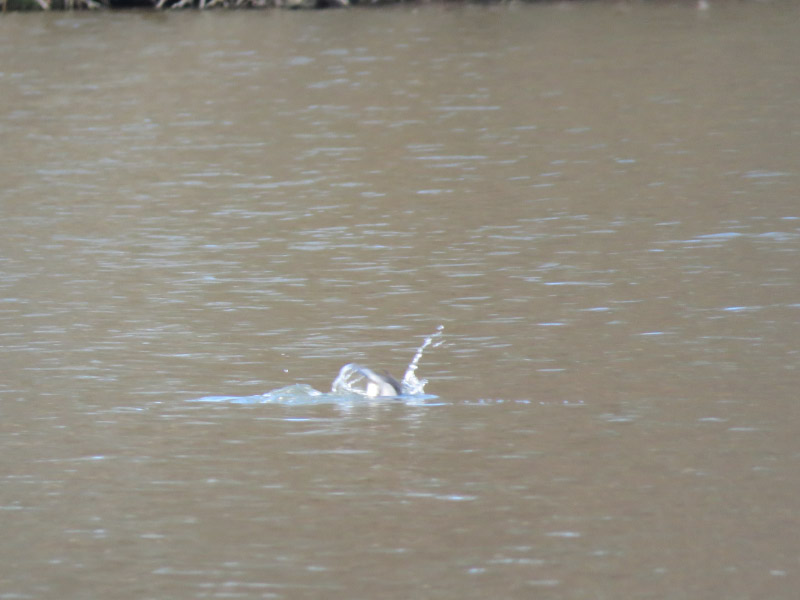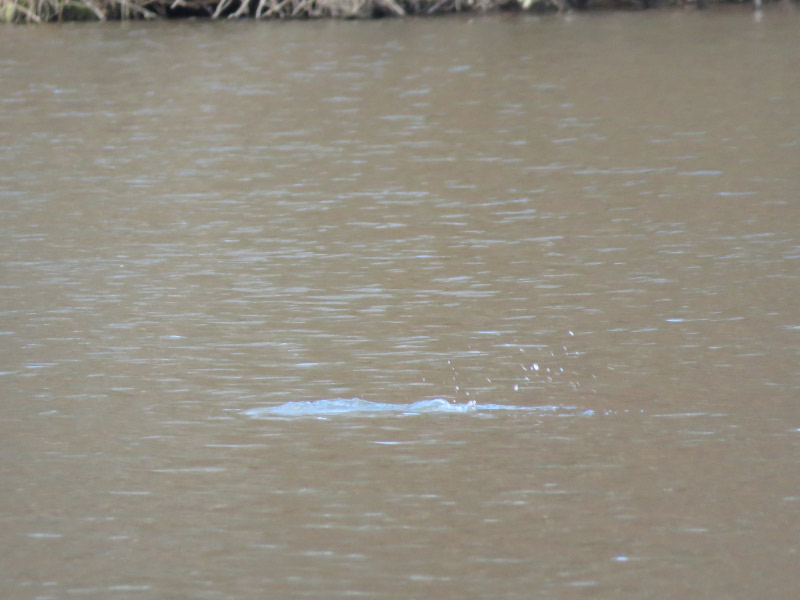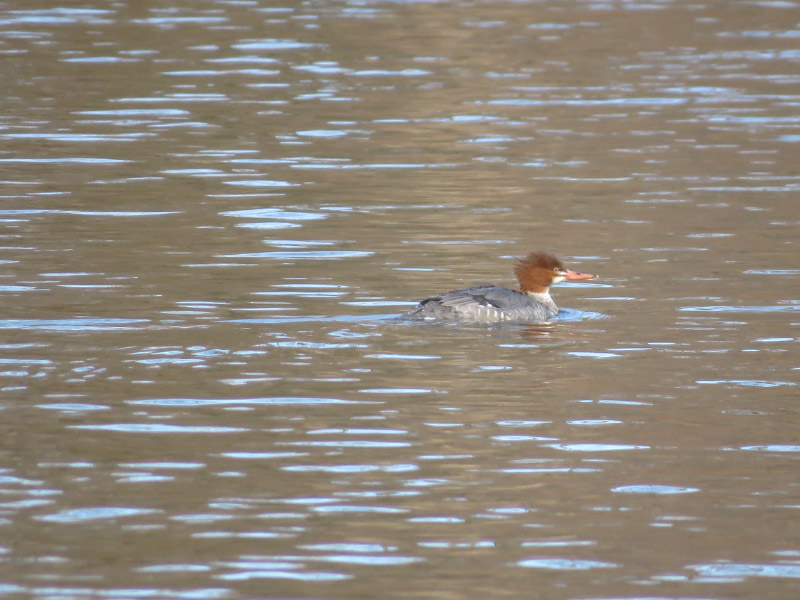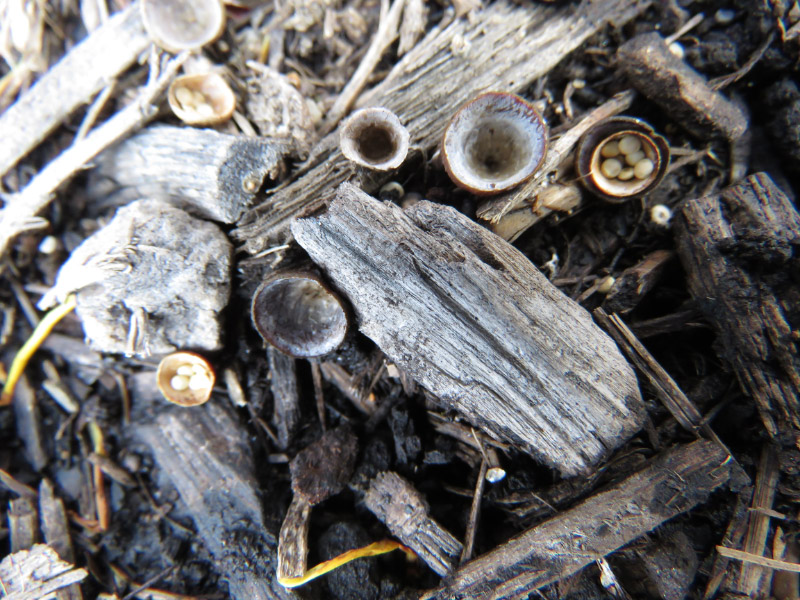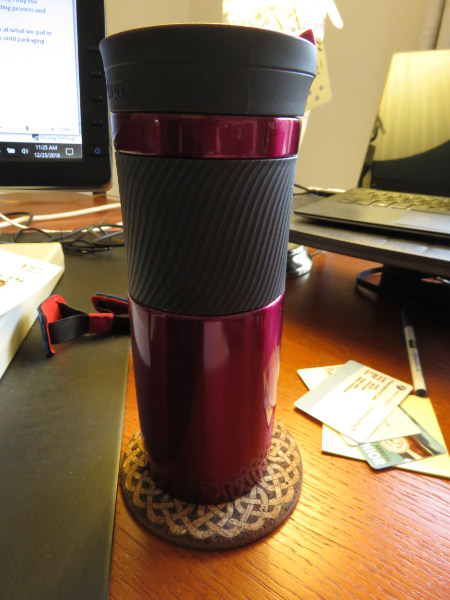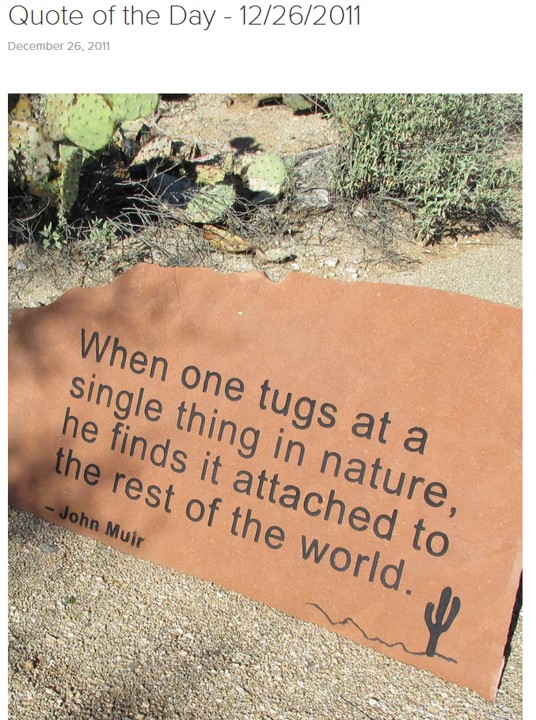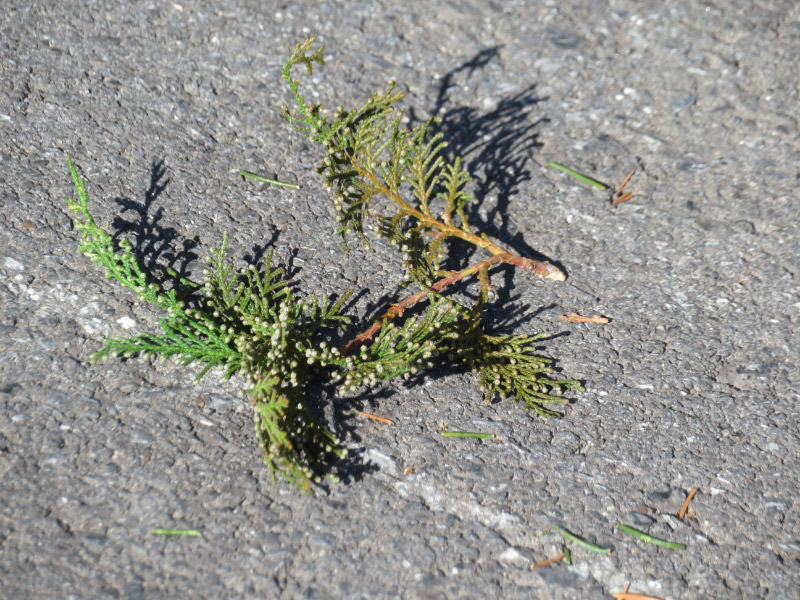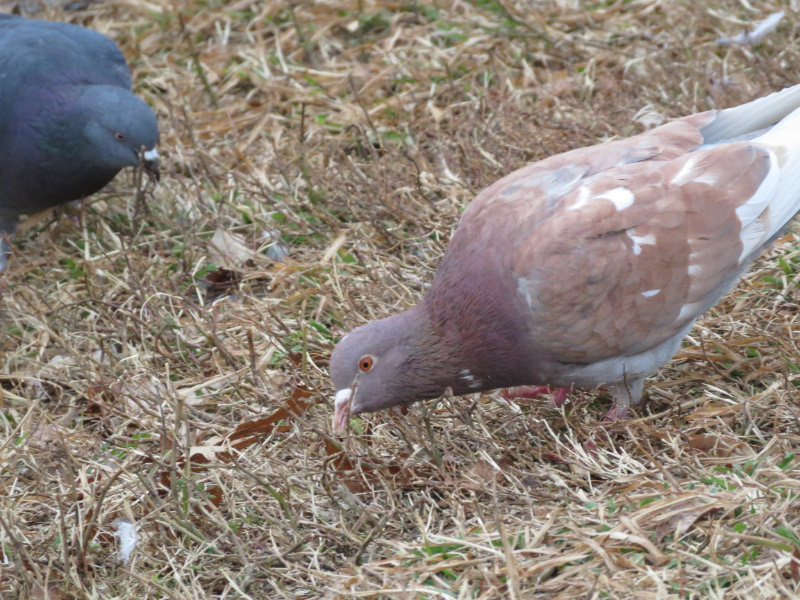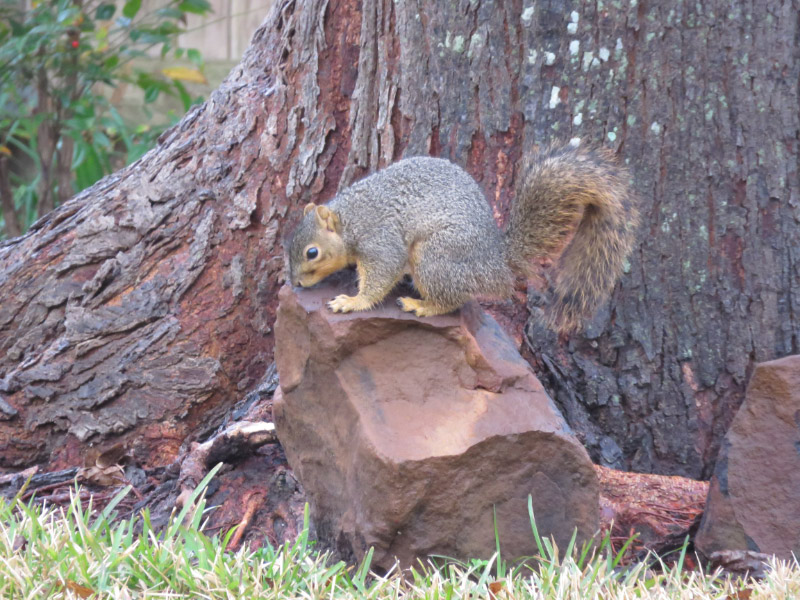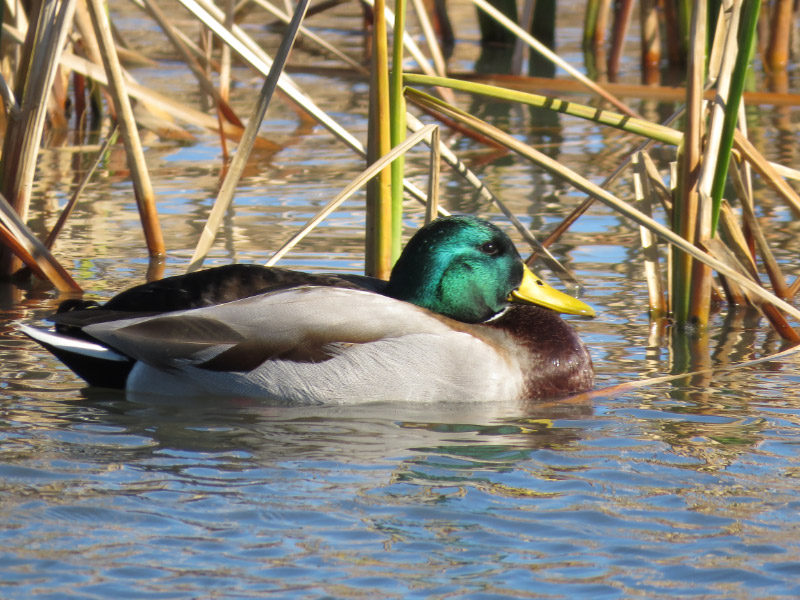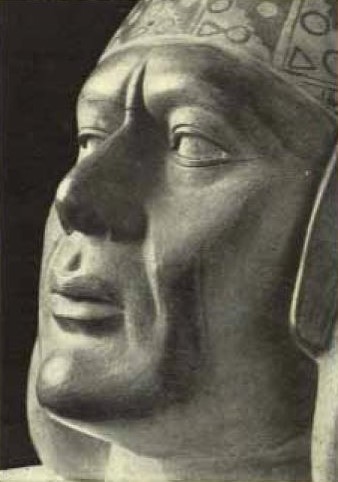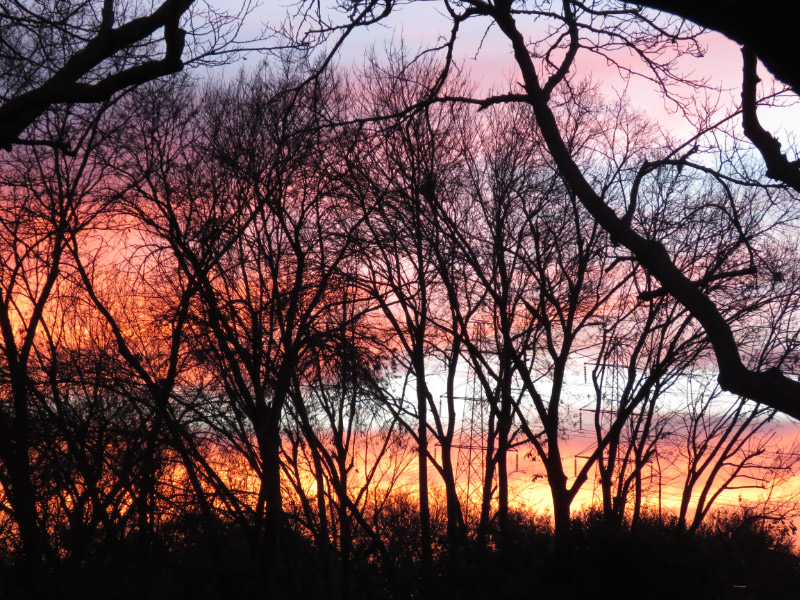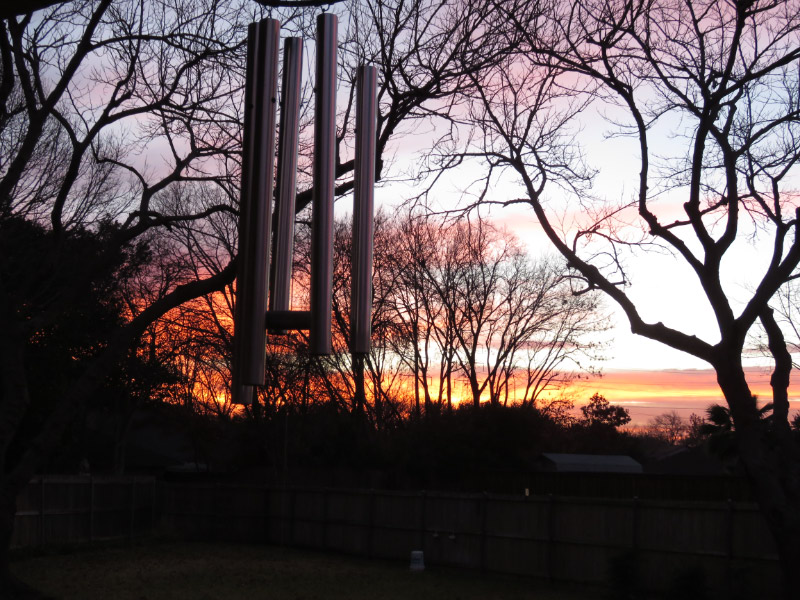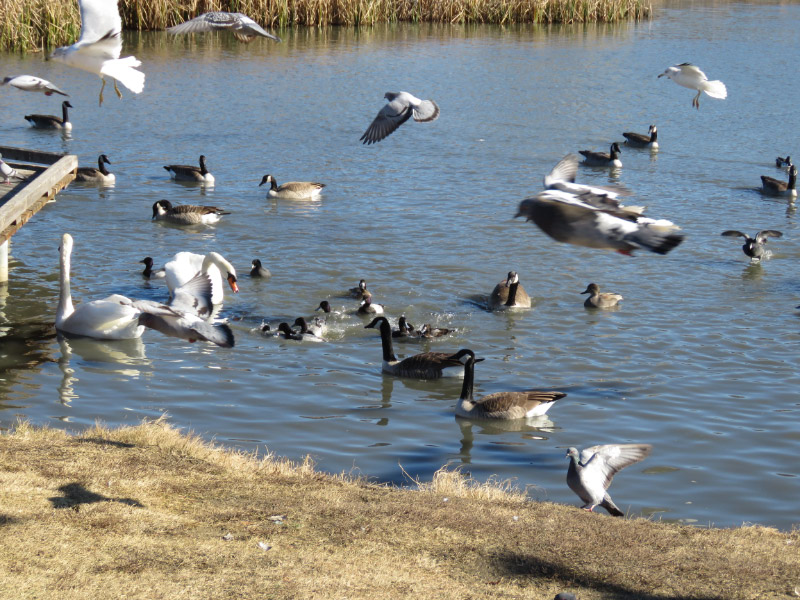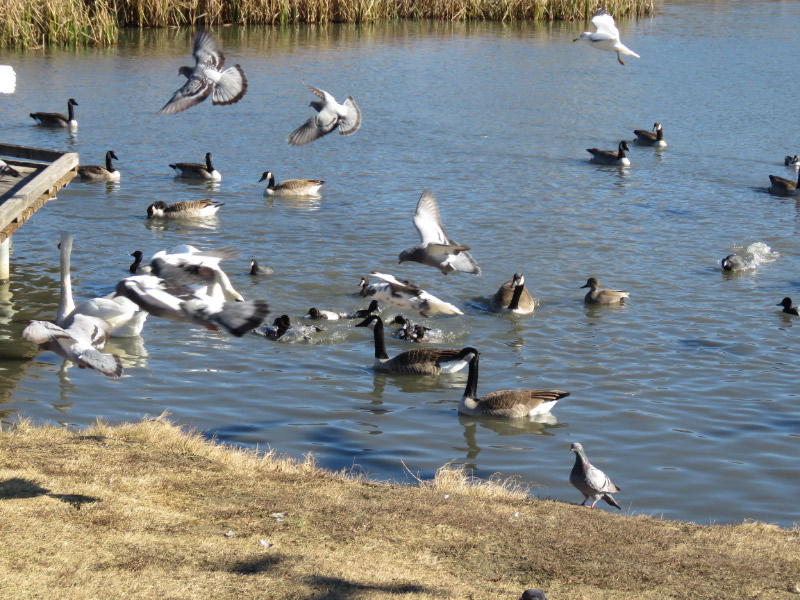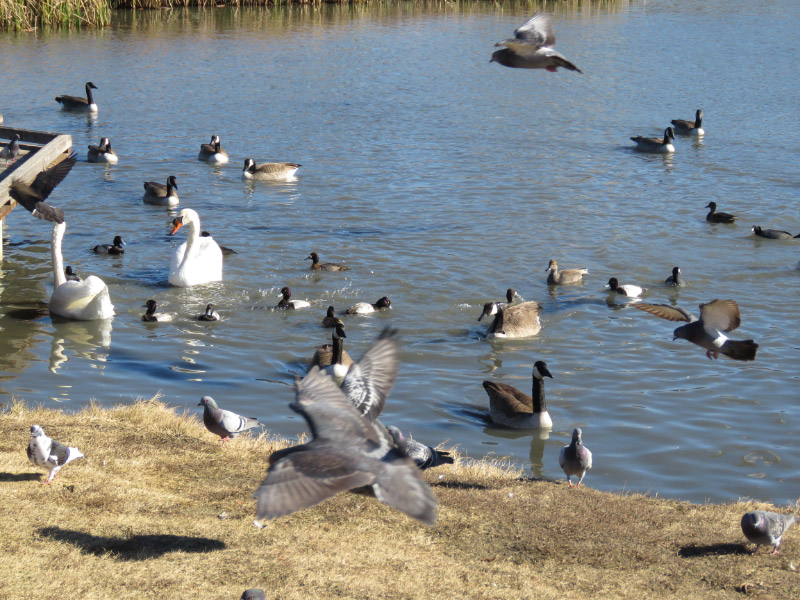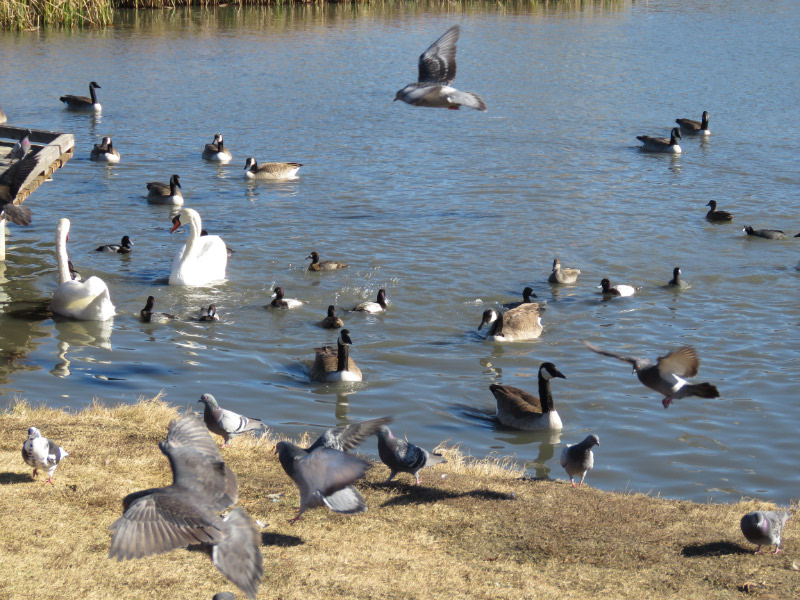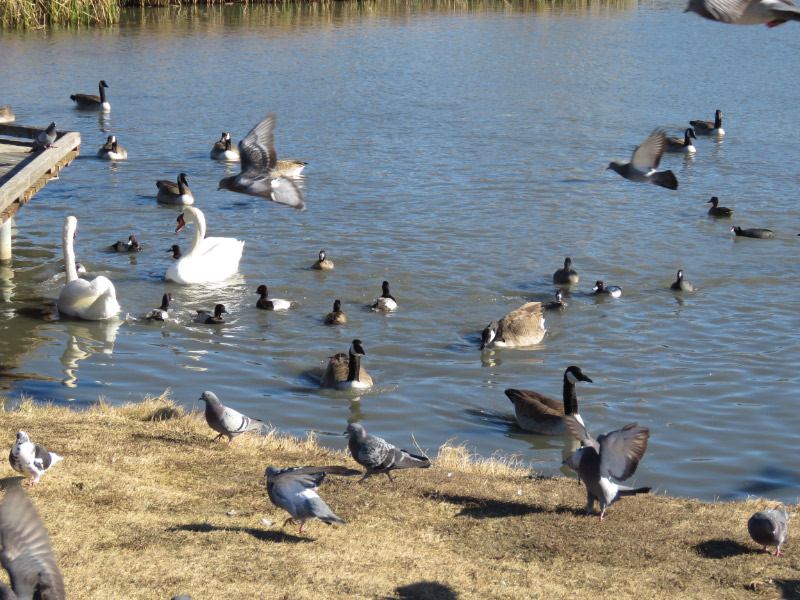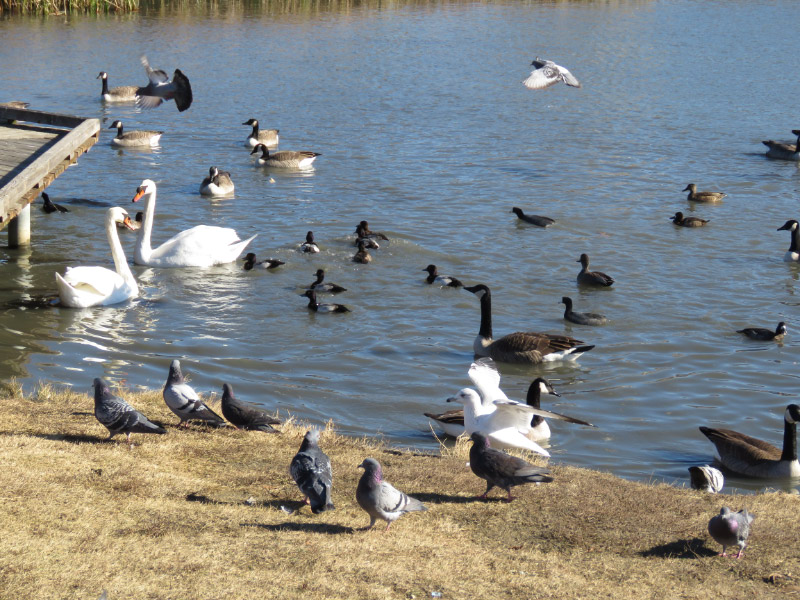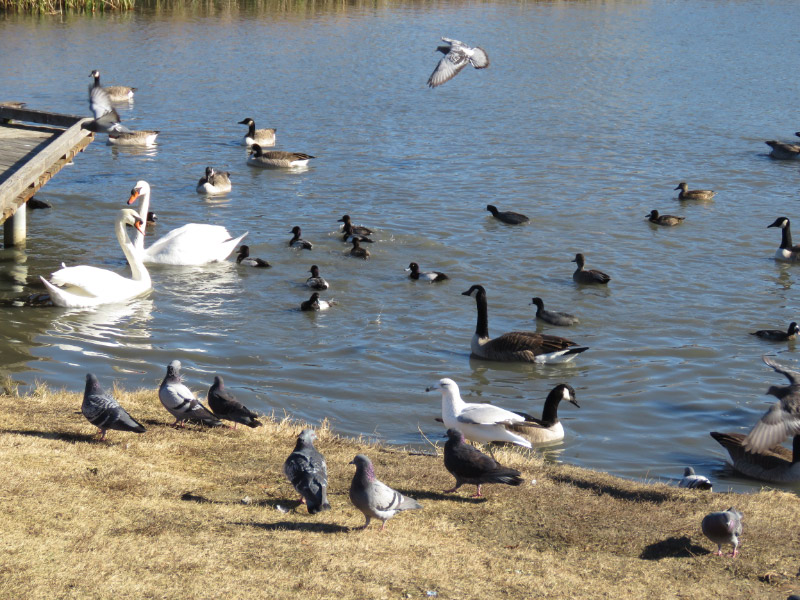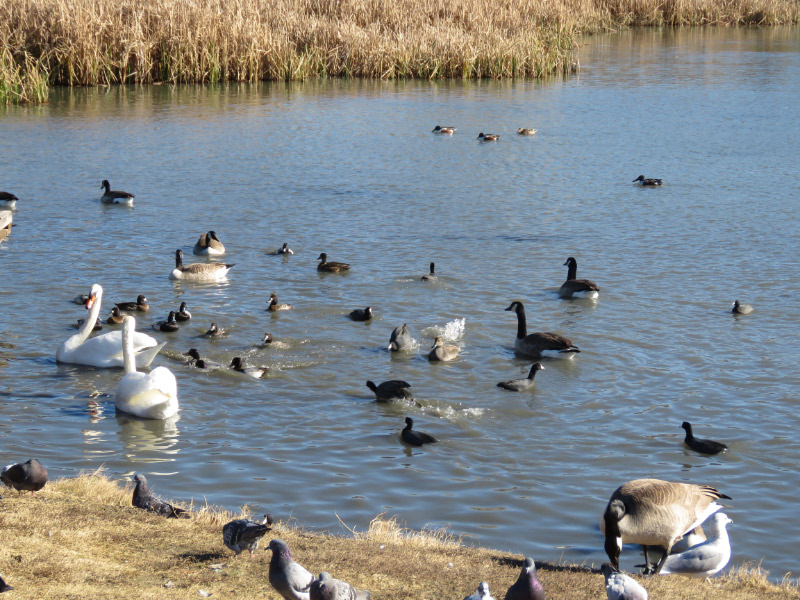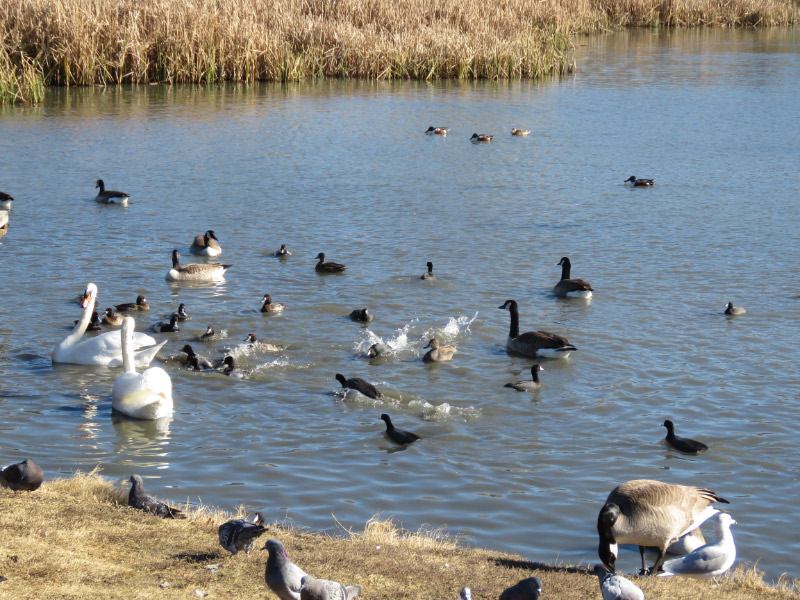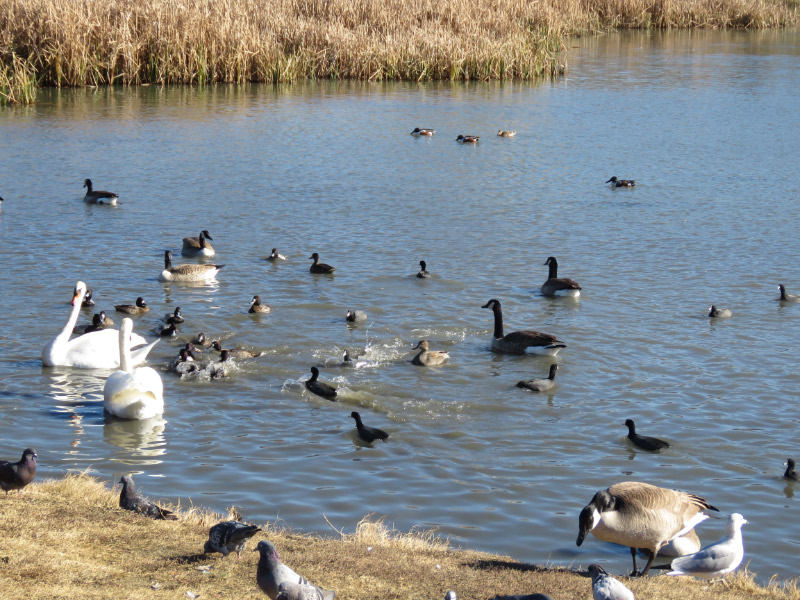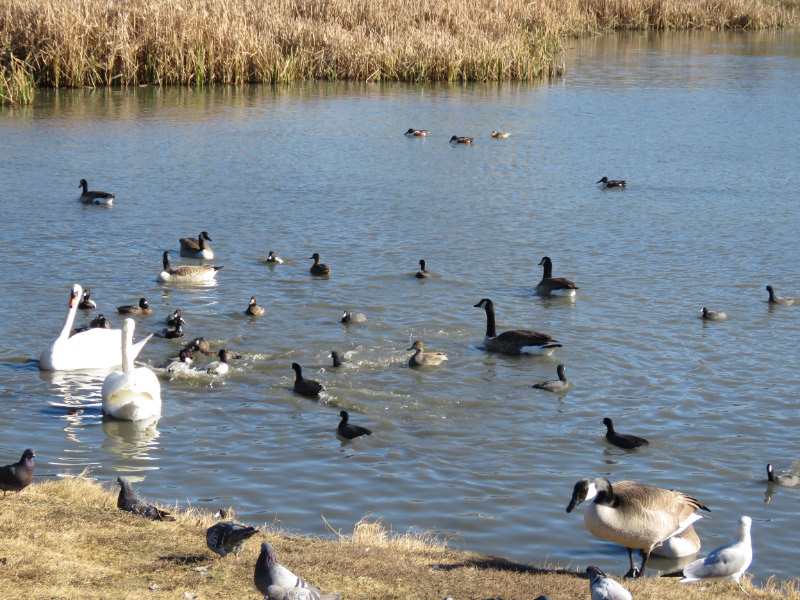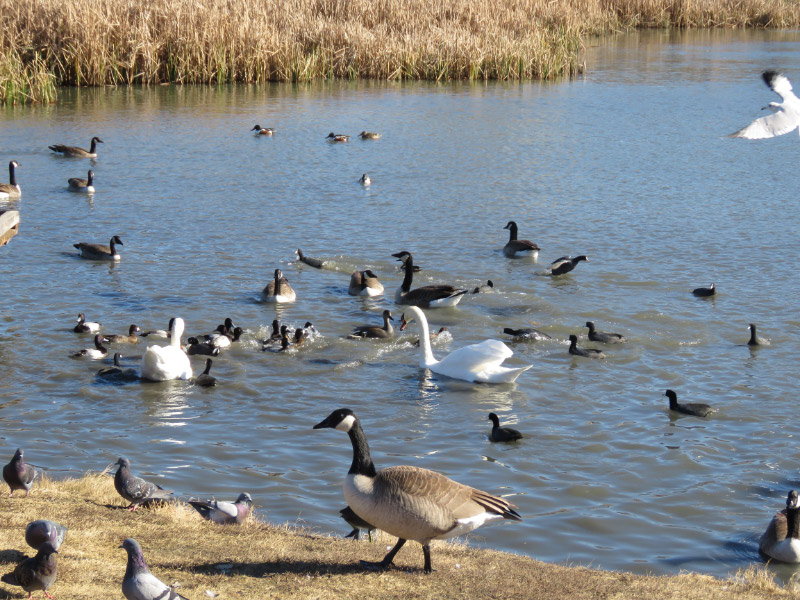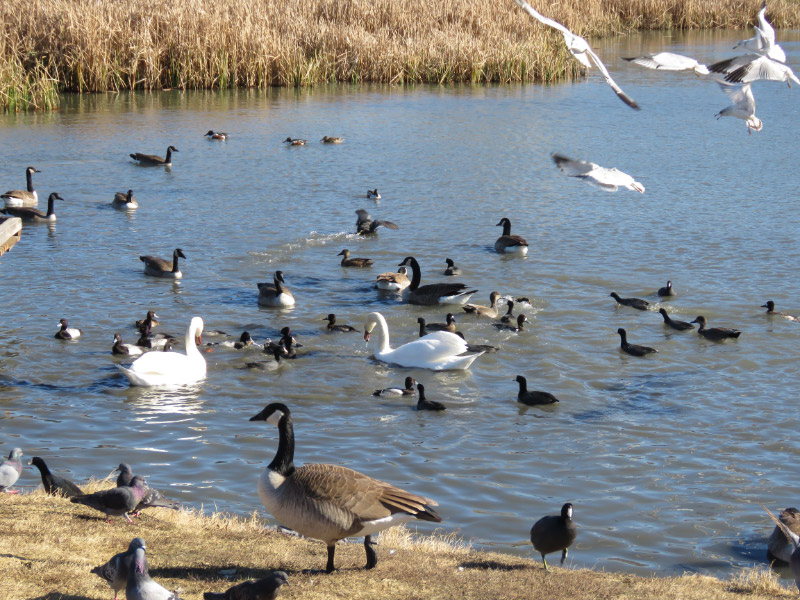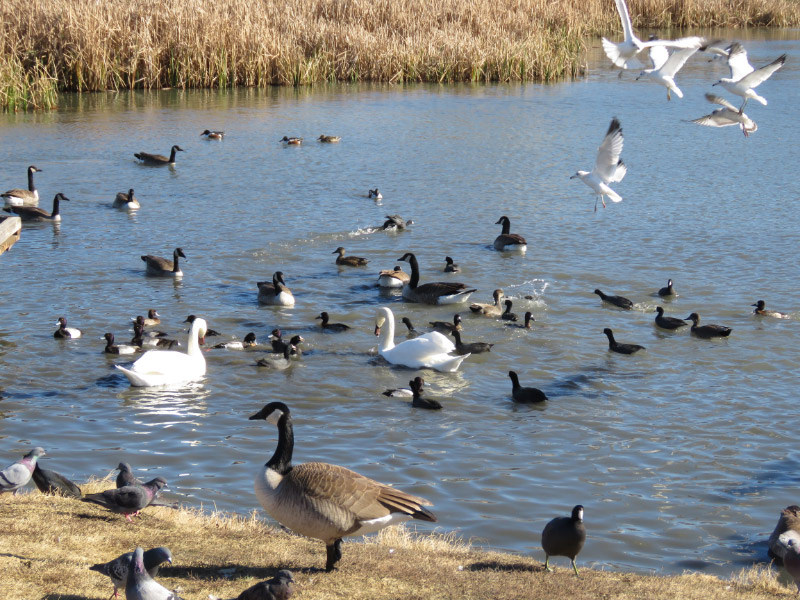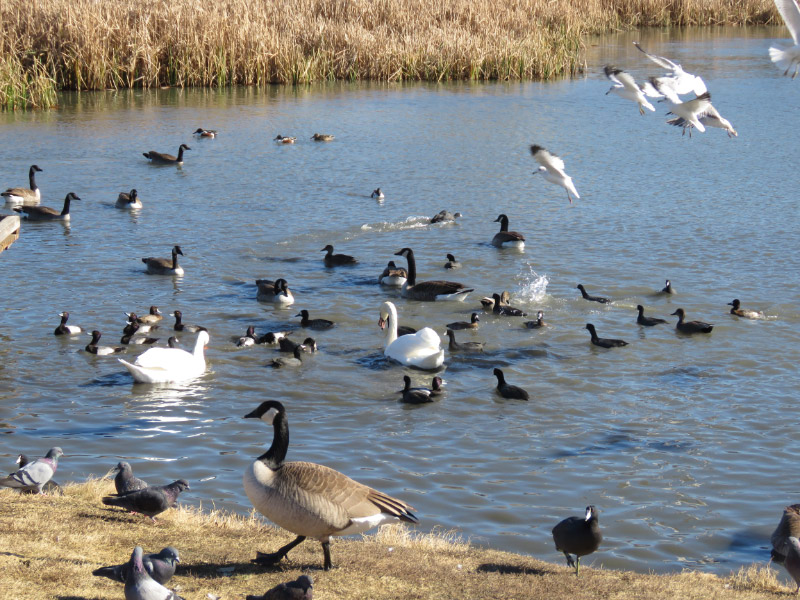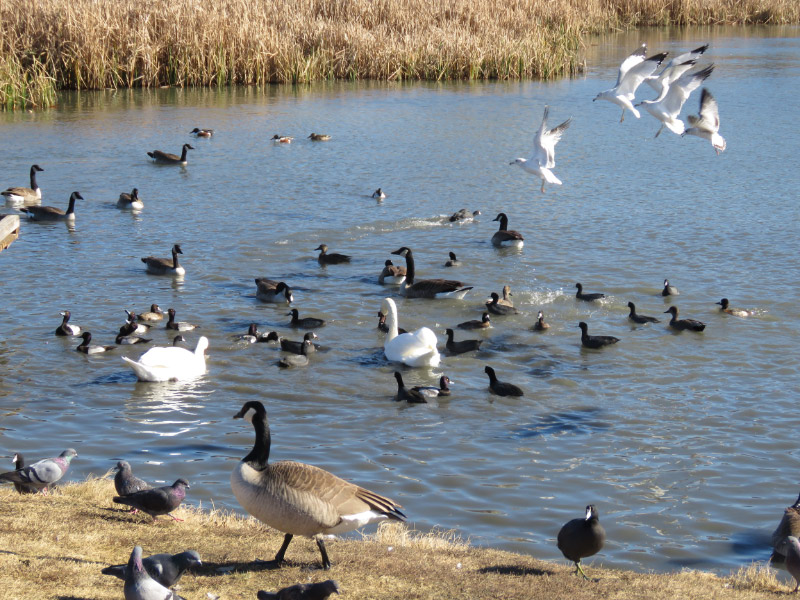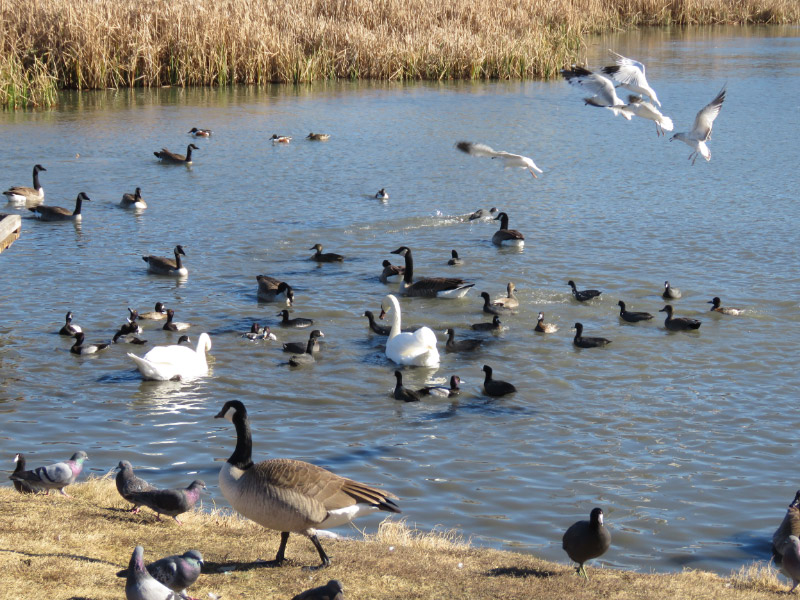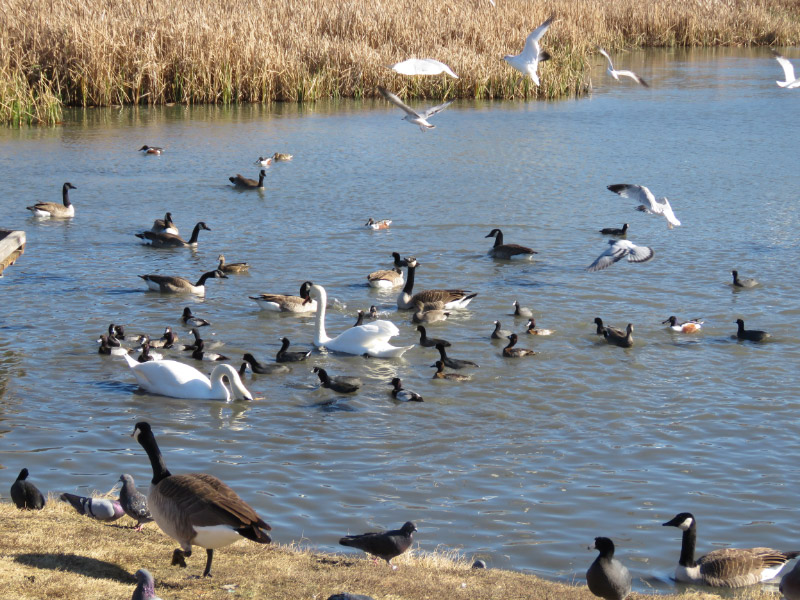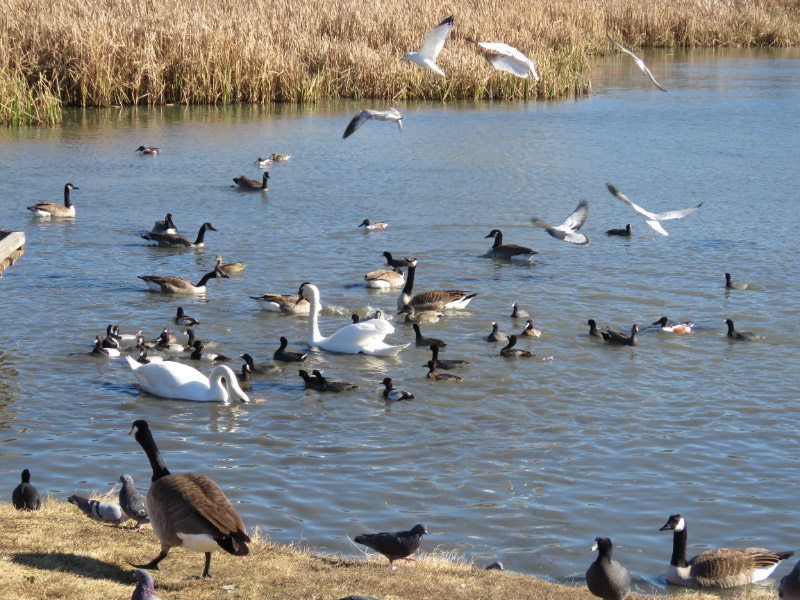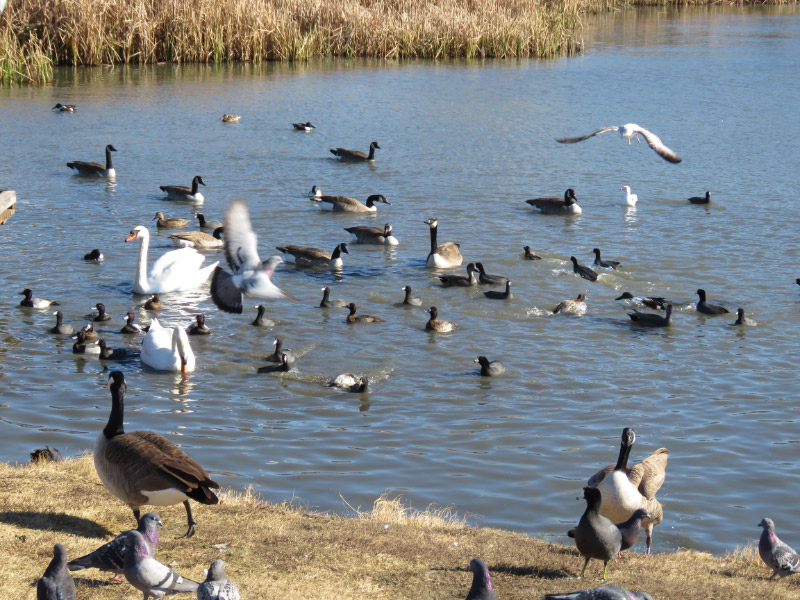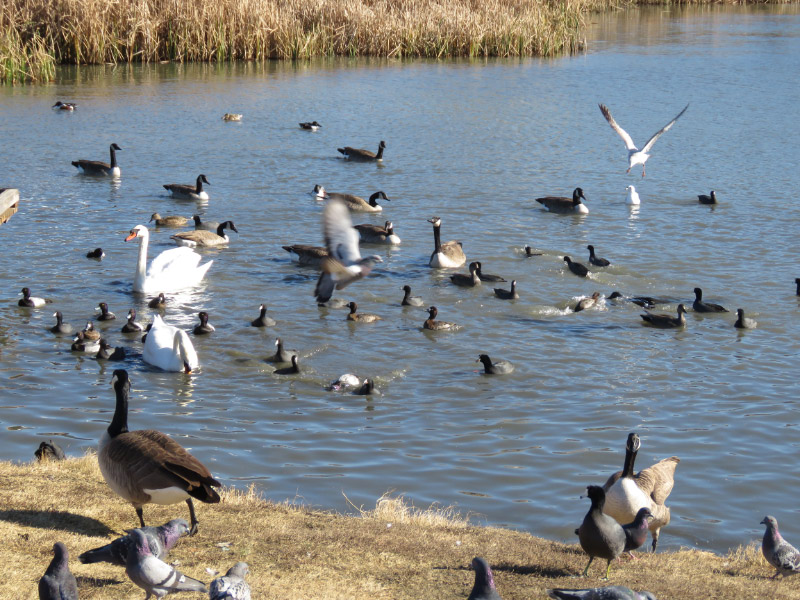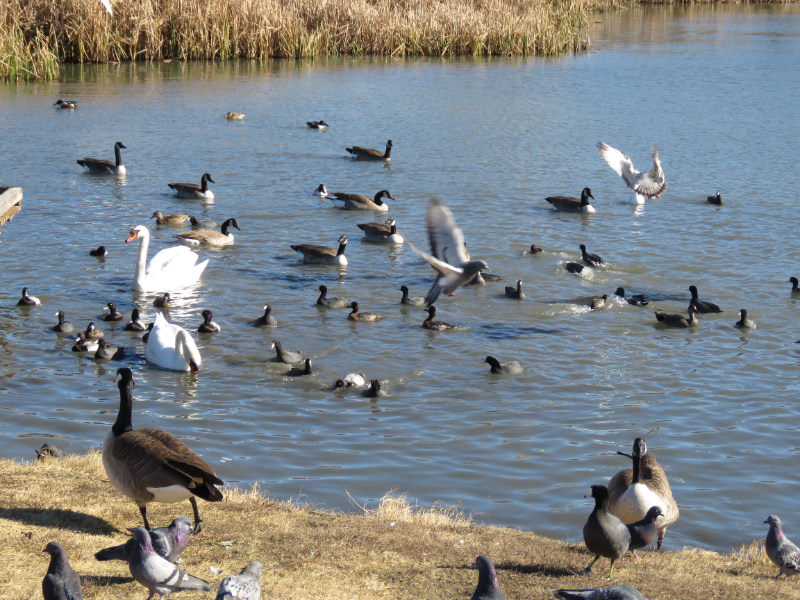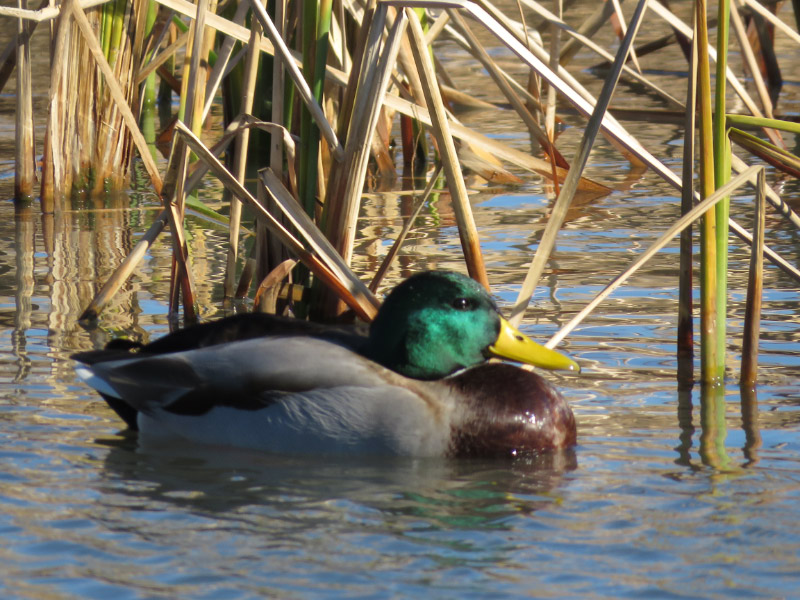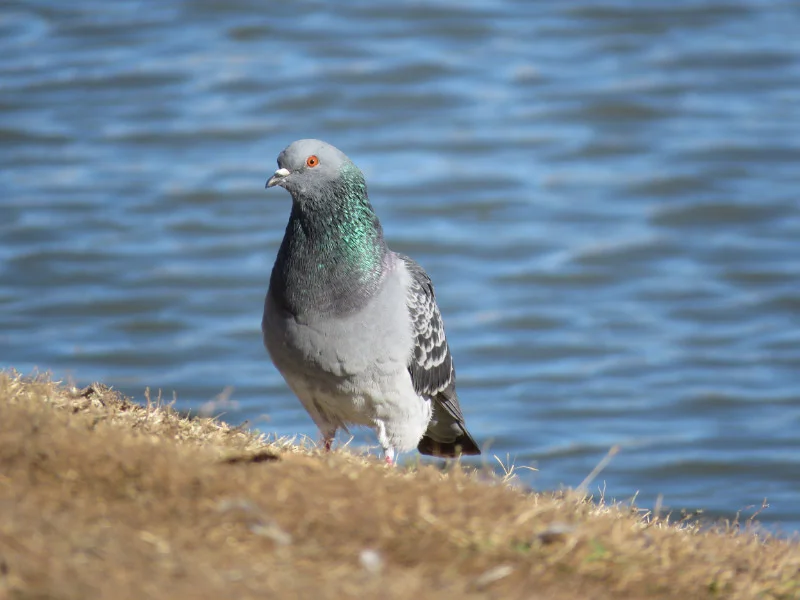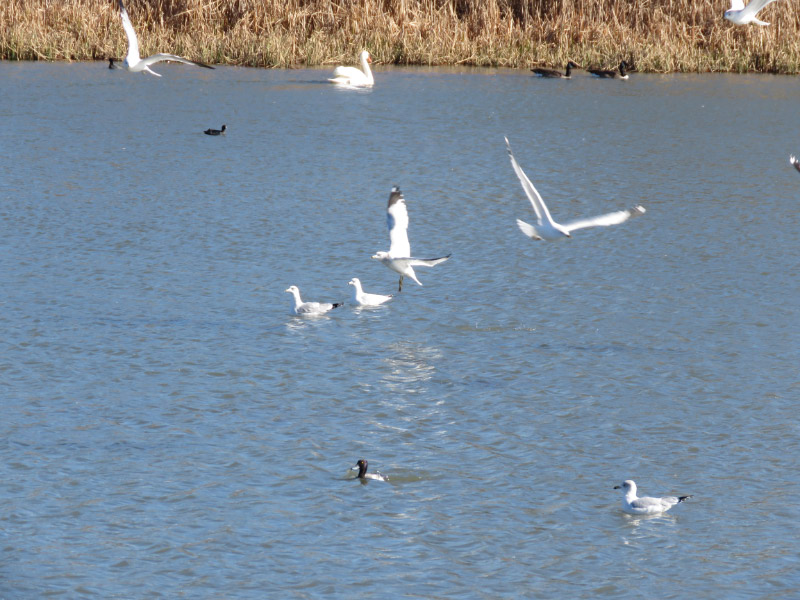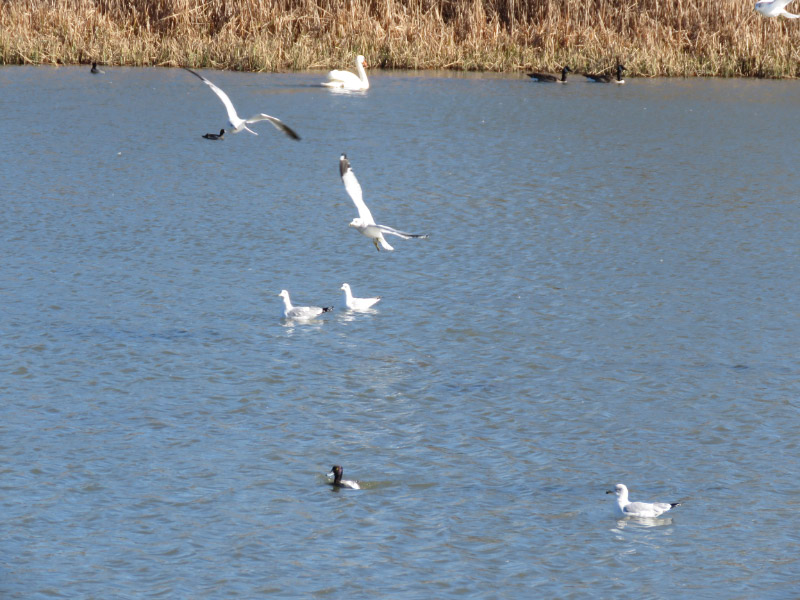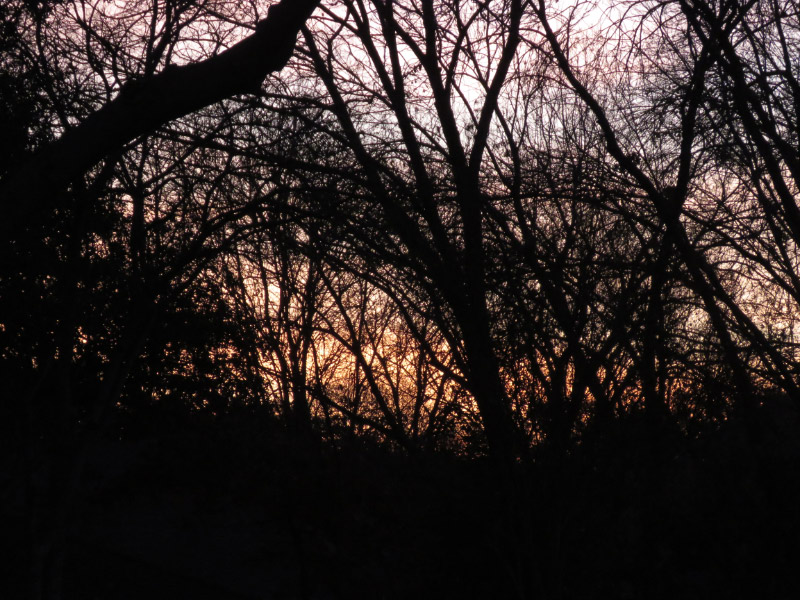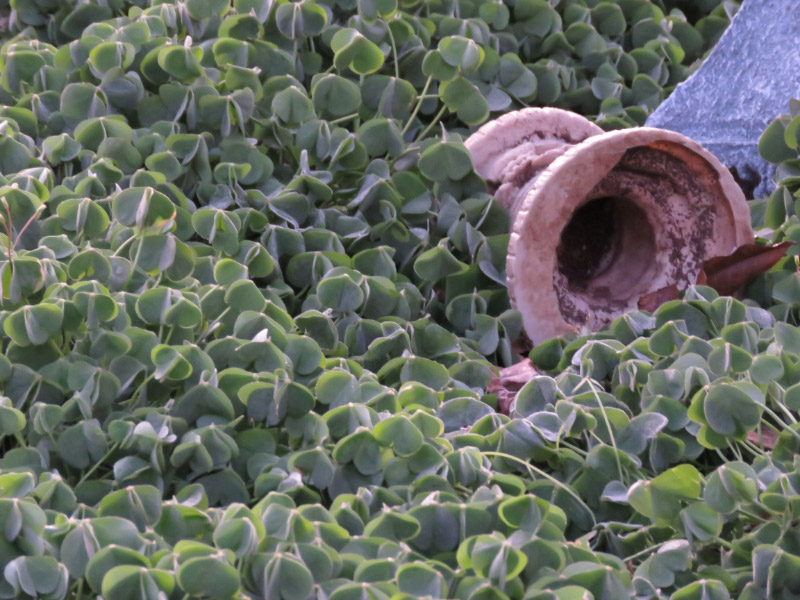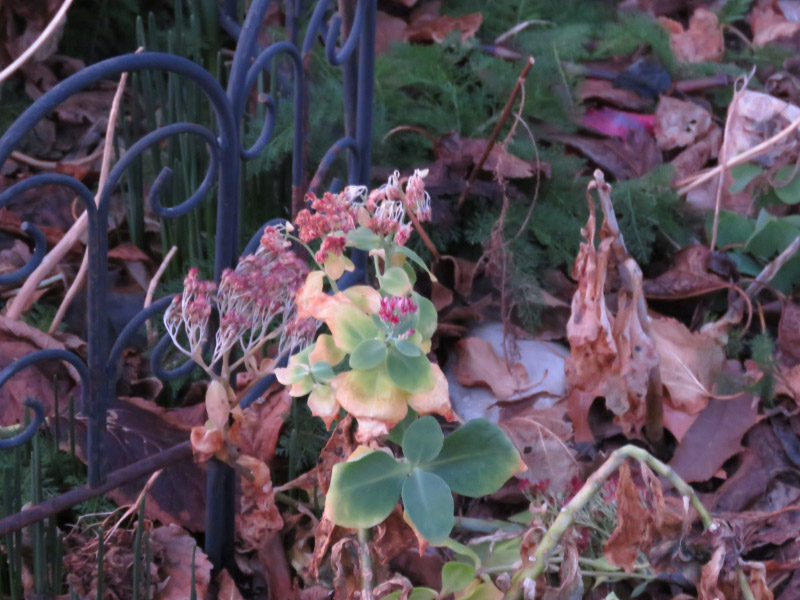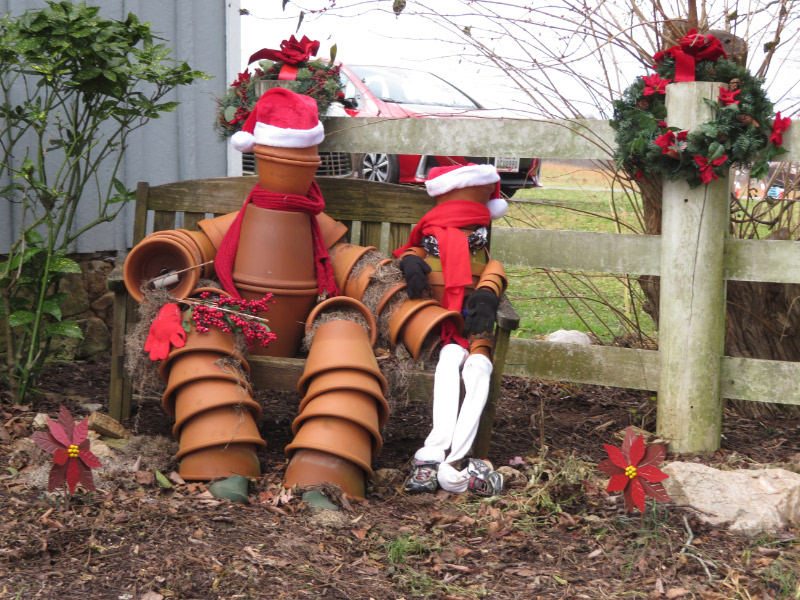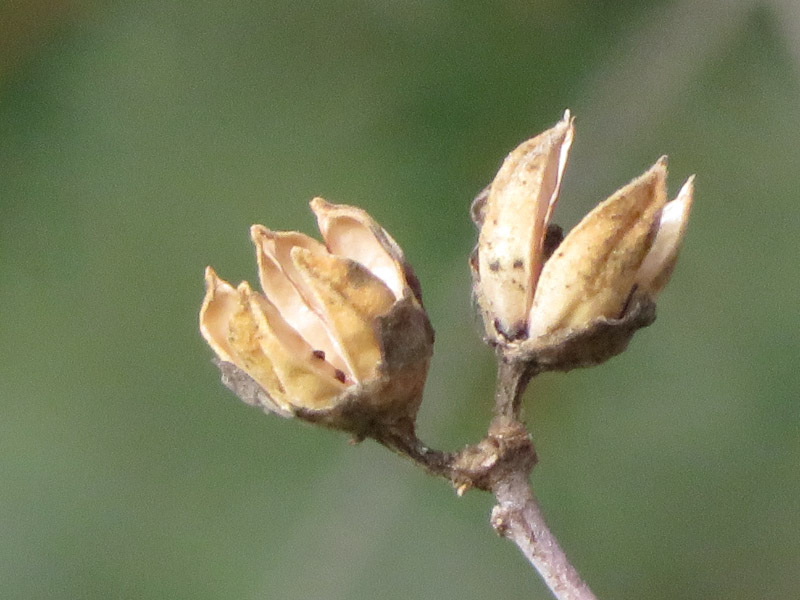eBotanical Prints – December 2018
/27 more books added to the big list (find it here) in December. The sample images for 27 new this month are included in the slideshow below.
The copyright dates range from 1760 to 2010….lots of changes in the world over that time period.
Botany Illustrated * Glimn-Lacy, Janice; Kaufman, Peter B. * sample image * 2006
Botany for the artist * Simblet, Sarah * sample image * 2010
The Florist * Sayer, Robert * sample image * 1760
Billeder af Nordens flora * Lindman, Carl Axel Magnus * sample image * 1901
Taschenflora des Alpens-Wanderers * Schroter, Carl * sample image * 1892
Flore coloriée portative du touriste dans les Alpes * Schroter, Carl * sample image * 1904
Flora fossilis Arctica - V1 * Heer, Oswald; Cramer, Karl Eduard; Nordenskiold, Adolf Erik; Schroter, Carl * sample image * 1868
Flora fossilis Arctica - V2 * Heer, Oswald; Cramer, Karl Eduard; Nordenskiold, Adolf Erik; Schroter, Carl * sample image * 1871
Flora fossilis Arctica - V3 * Heer, Oswald; Cramer, Karl Eduard; Nordenskiold, Adolf Erik; Schroter, Carl * sample image * 1874
Flora fossilis Arctica - V4 * Heer, Oswald; Cramer, Karl Eduard; Nordenskiold, Adolf Erik; Schroter, Carl * sample image * 1877
Flora fossilis Arctica - V6 * Heer, Oswald; Cramer, Karl Eduard; Nordenskiold, Adolf Erik; Schroter, Carl * sample image * 1880
Botanical Illustration In The Nineteenth Century * Schmidt, Alesandra; Jocoby, Trudy B. * sample image * 1996
Grevillea * Cooke, Mordecai Cubitt; Massee, George * sample image * 1872
British Fungi * Massee, George * sample image * 1911
Portefeuille des horticulteurs V1 * Gerard, Frederic (editor) * sample image * 1847
Portefeuille des horticulteurs V2 * Gerard, Frederic (editor) * sample image * 1848
African Violet Magazine - 1983 * * sample image * 1983
Choix de plantes rares ou nouvelles * Miquel, Friedrich Anton Wilhelm * sample image * 1863
De Noord-Nederlandsche vergiftige gewassen * Miquel, Friedrich Anton Wilhelm * sample image * 1836
William Coxe: manuscript (atlas) * Coxe, William * sample image * 1831
Emily Dickenson Herbarium Pages * sample image * 1846
Beatric Potter, mycologist * sample image * 1897
Elements of Botany * Duppa, Richard * sample image * 1812
Orchids: their cultures and management * Watson, William; Chapman, H. J. (editor) * sample image * 1903
Cactus culture for amateurs: a concise and practical guide to the management of a little understood family of plants * Watson, William * sample image * 1920
A flora of North America: illustrated by coloured figures, drawn from nature (Volume 1) * Barton, William Paul Crillon * sample image * 1821
Description des plantes rares cultivees a Malmaison et a Navarre * Bonplan, Aime; Bessa Pancrace; Didot, Pierre; Redoute, Pierre Joseph * sample image * 1812




